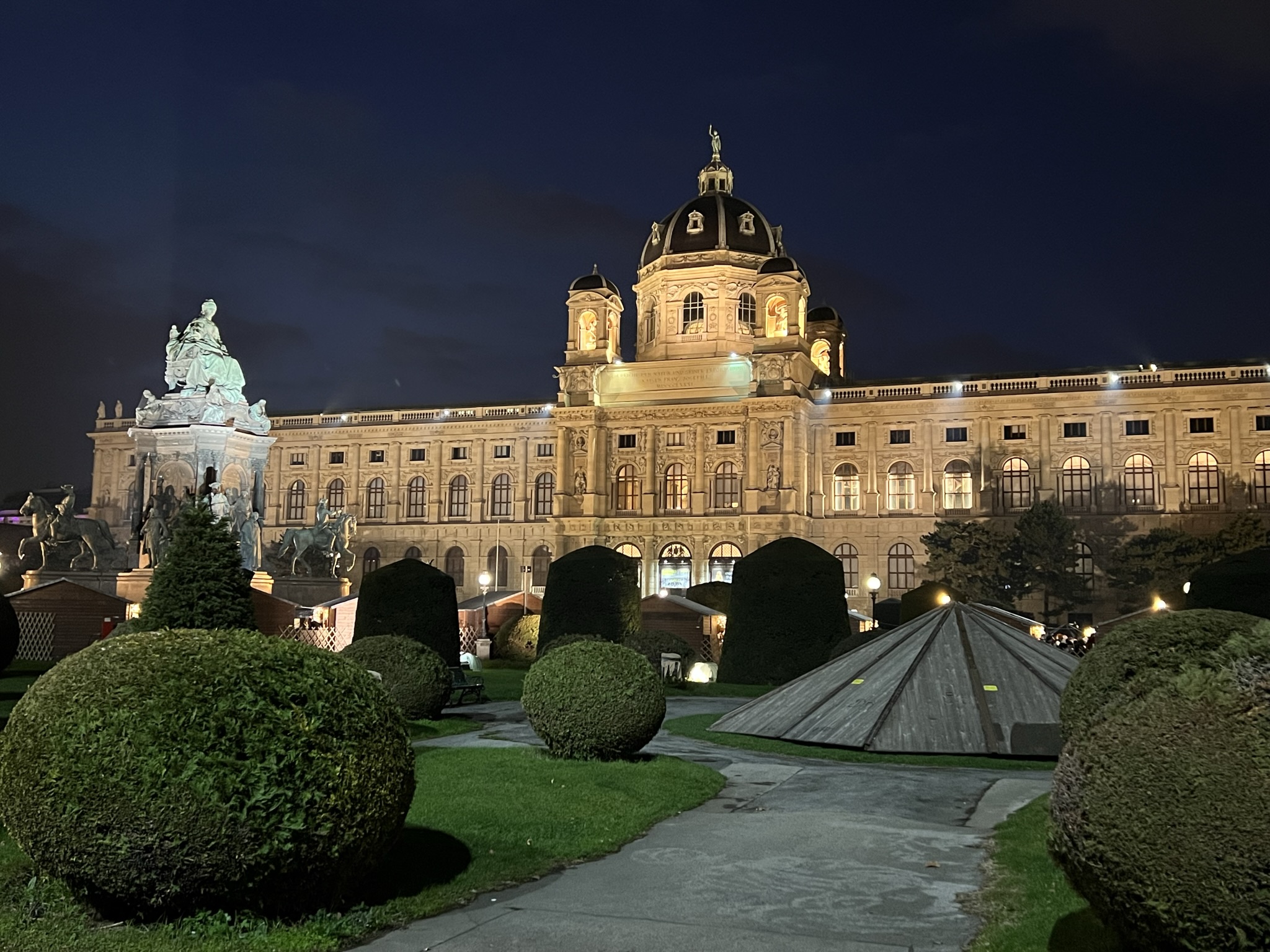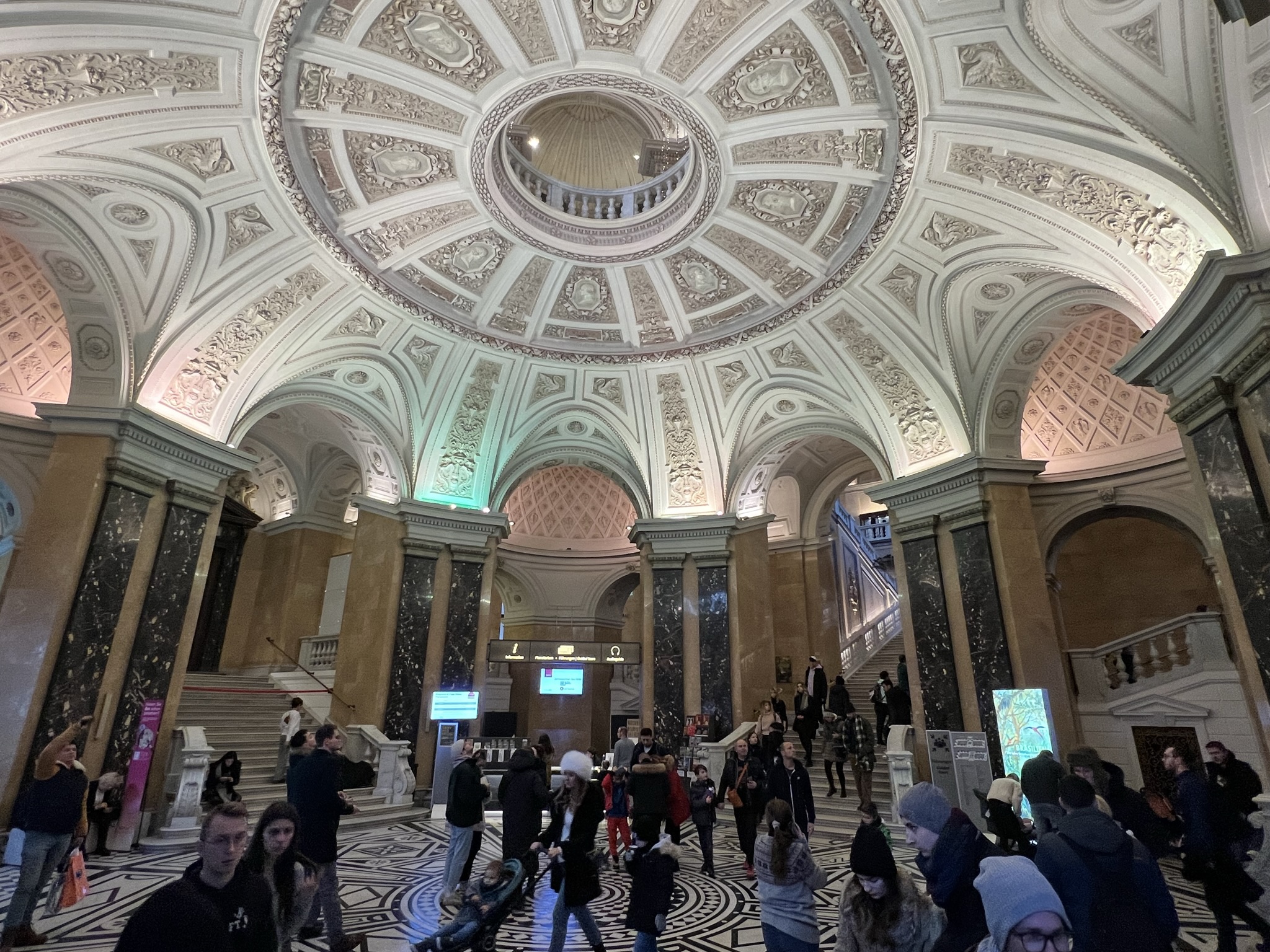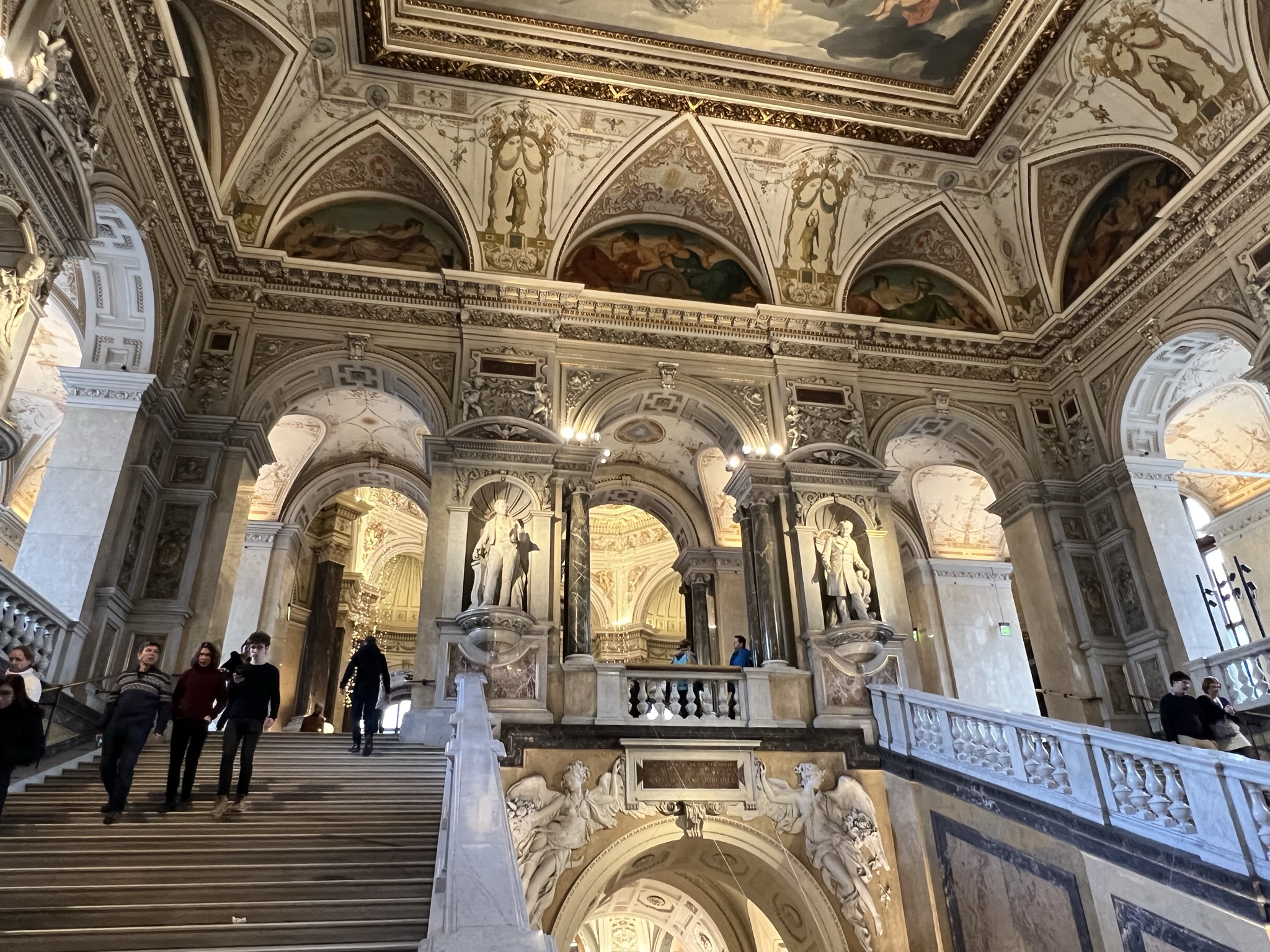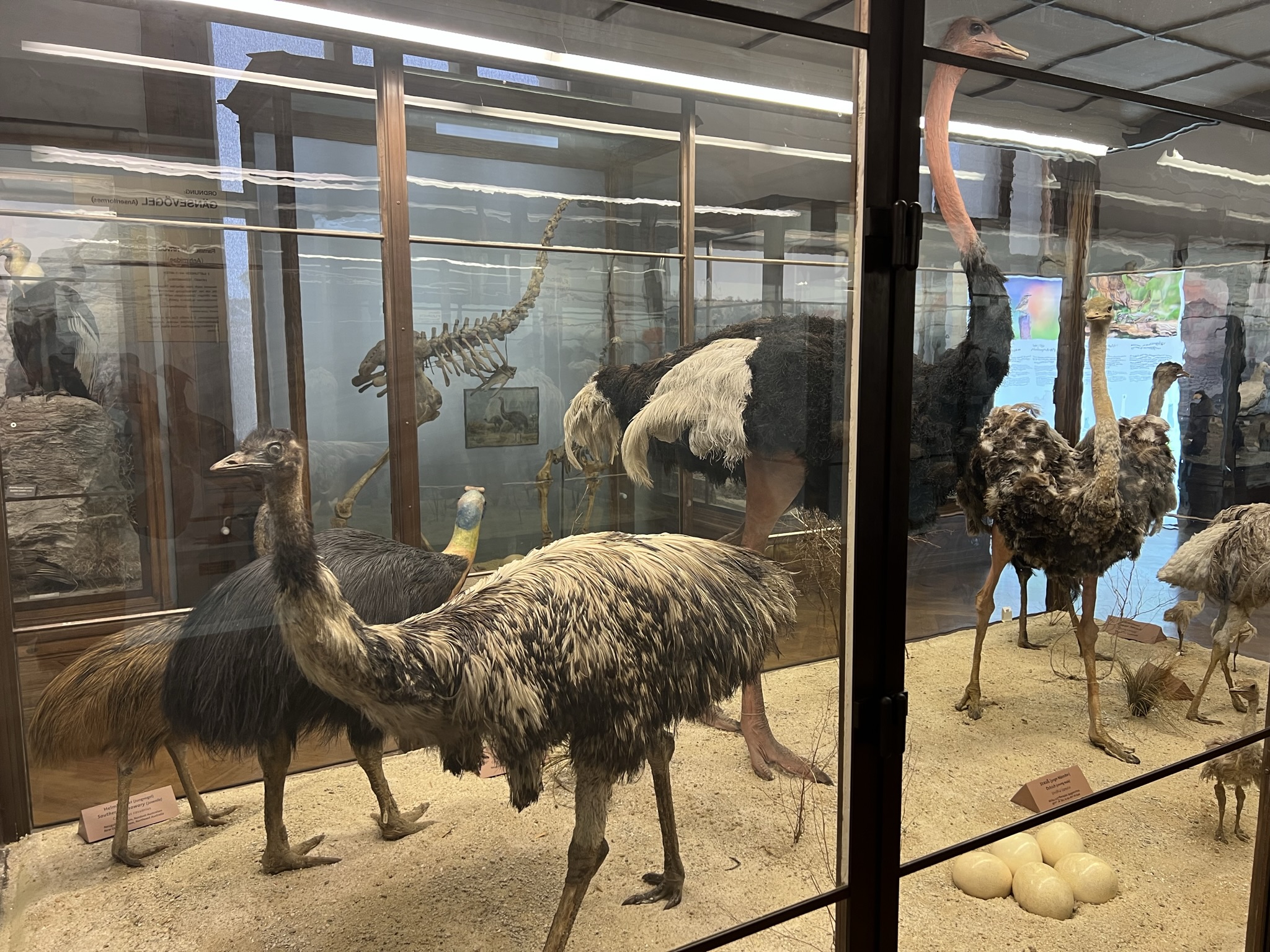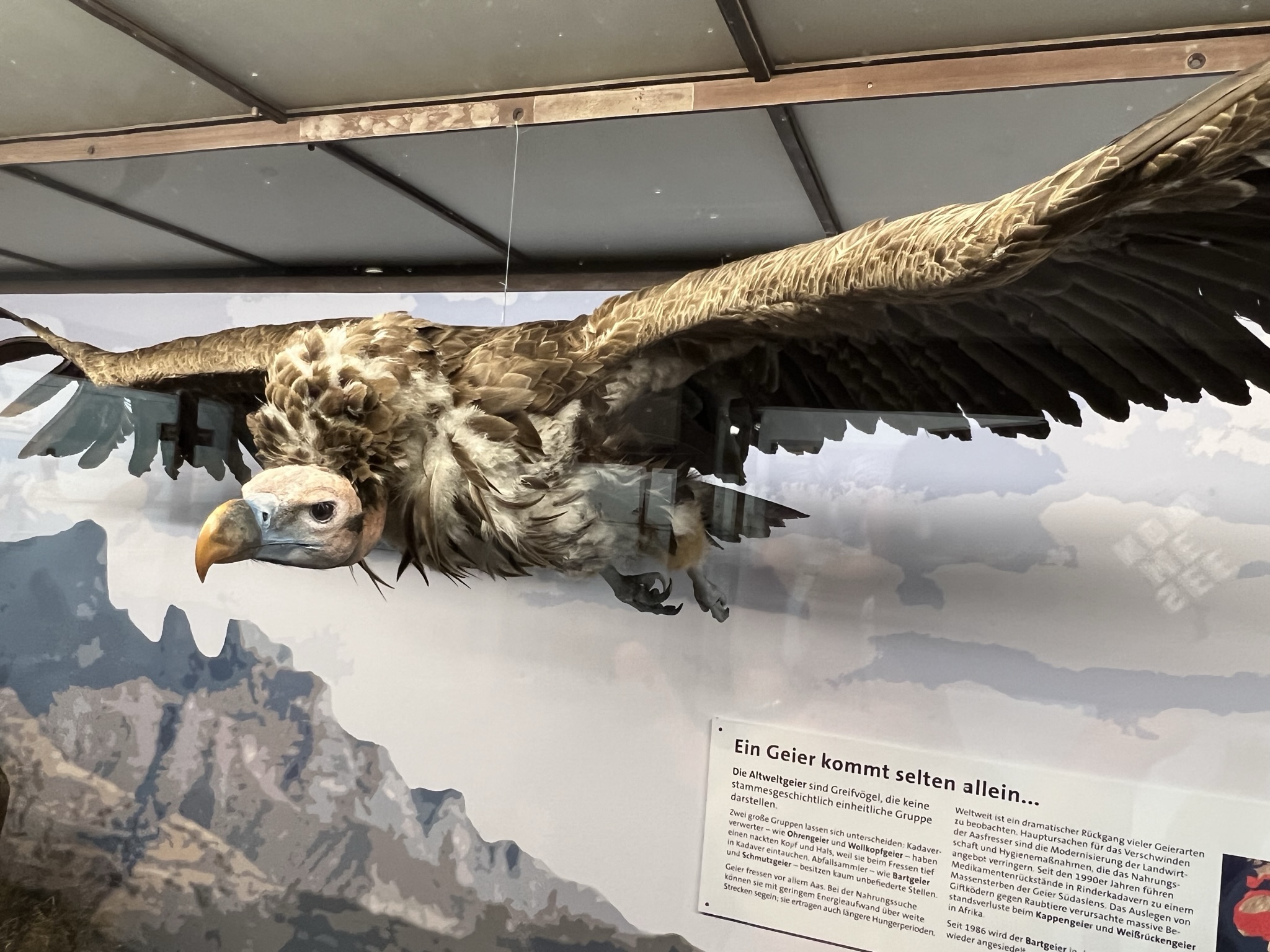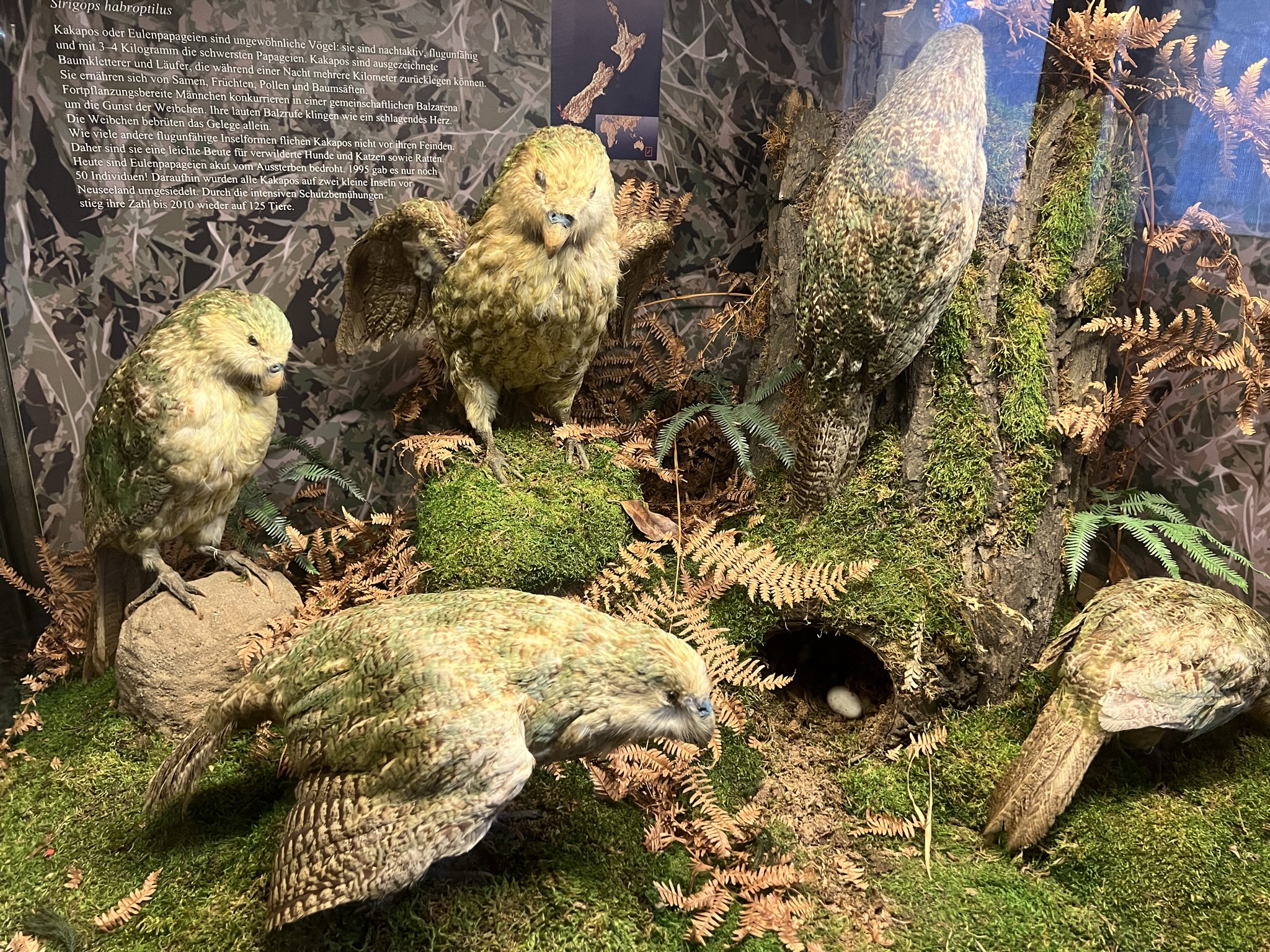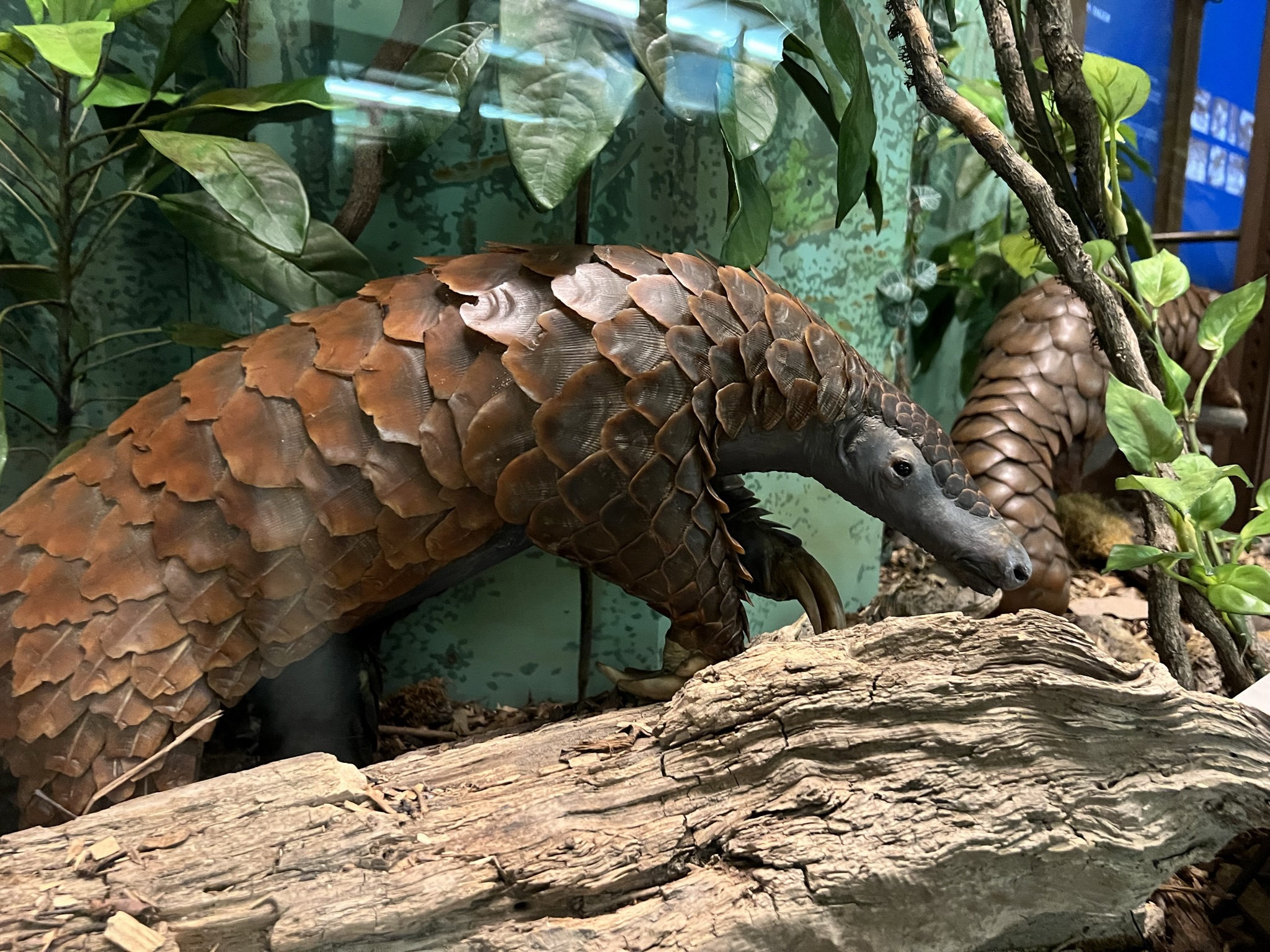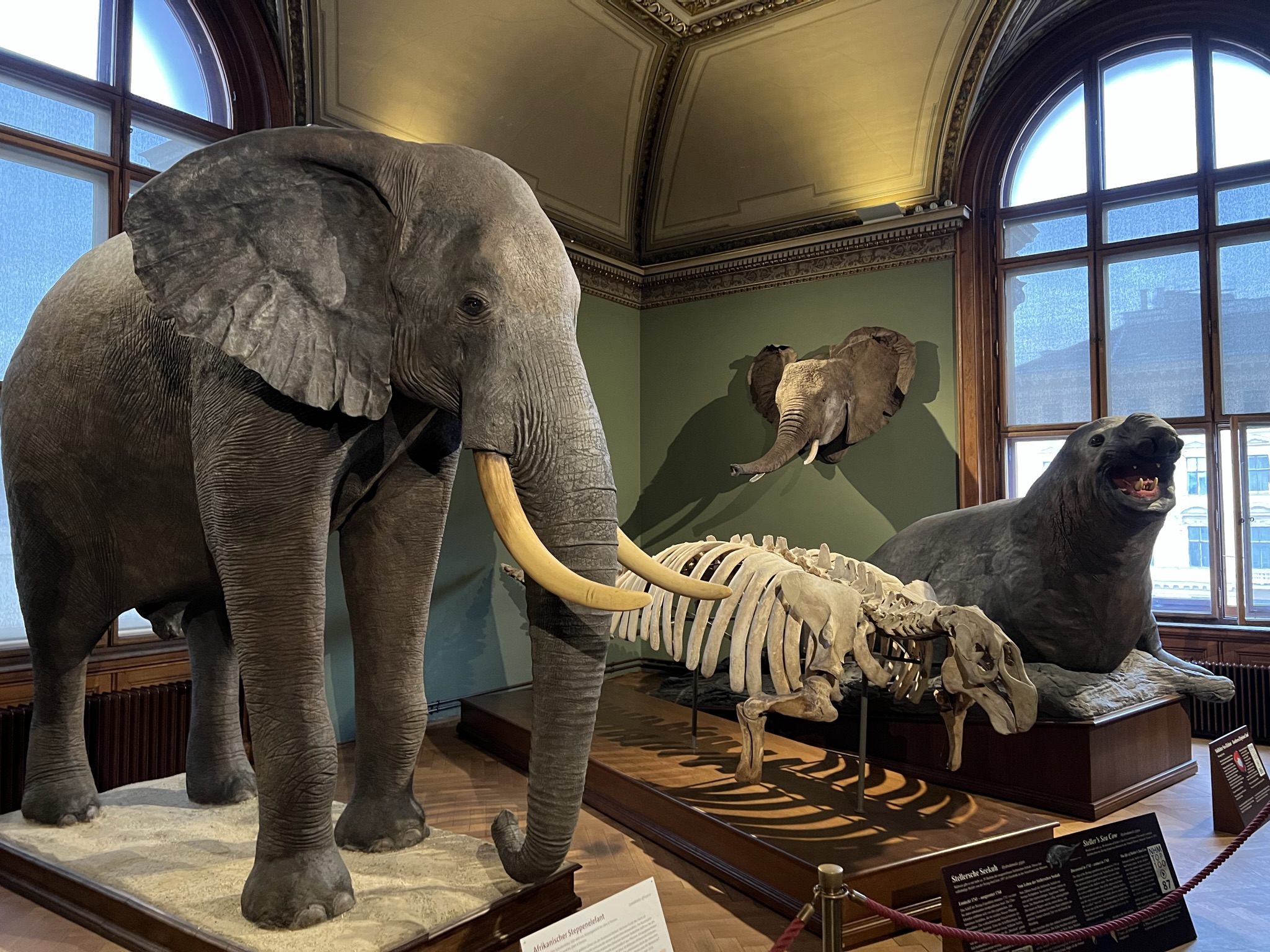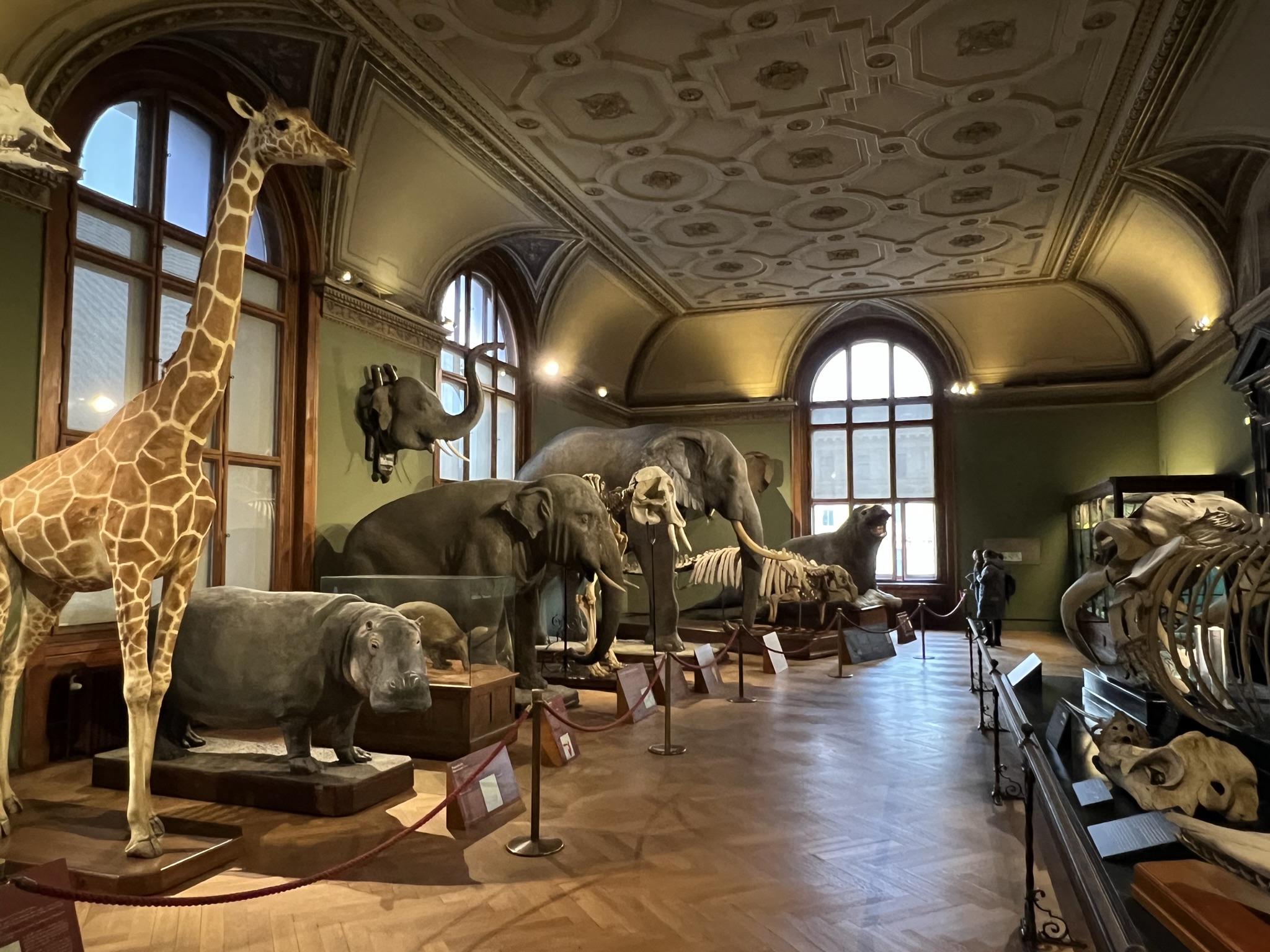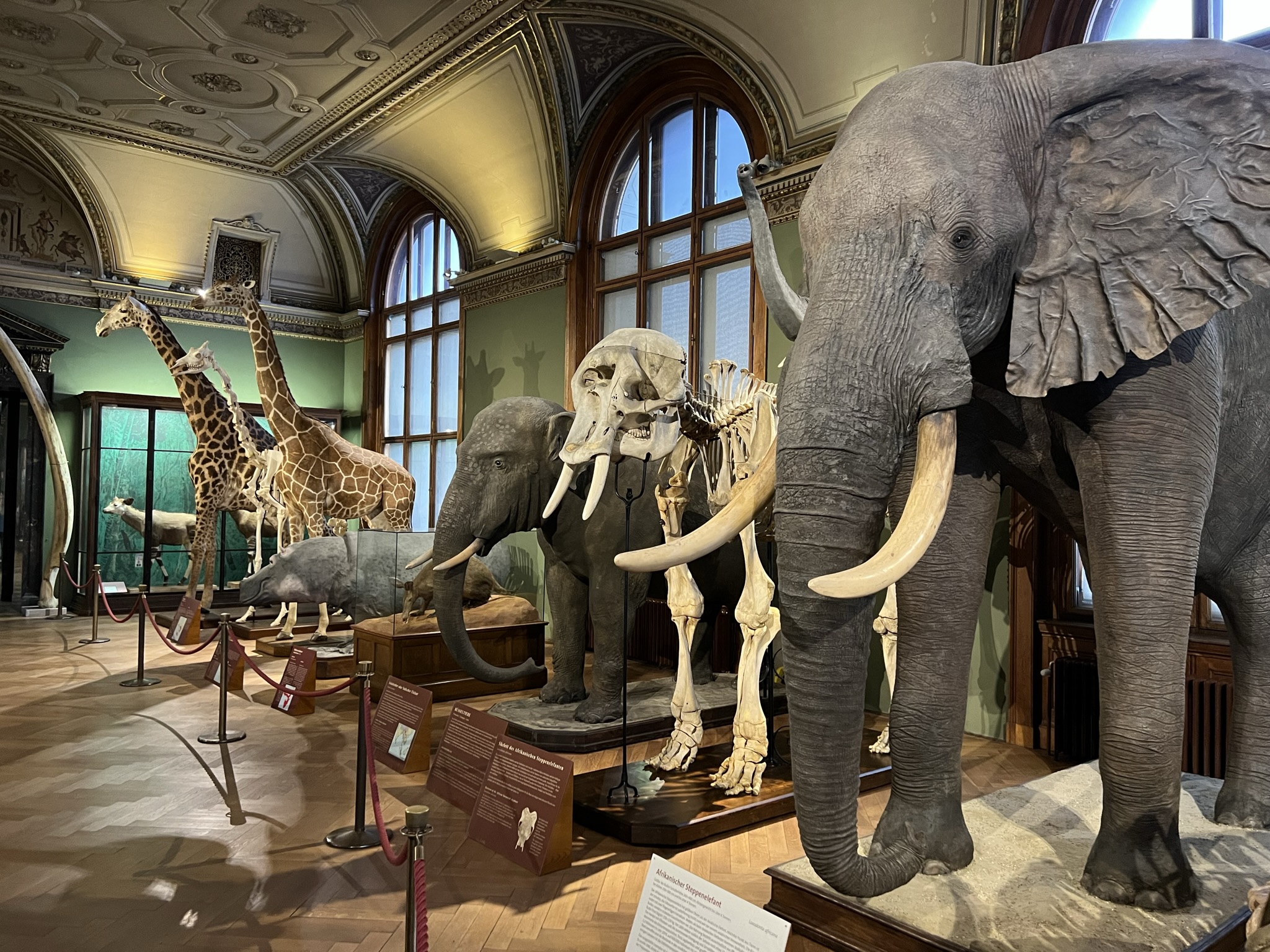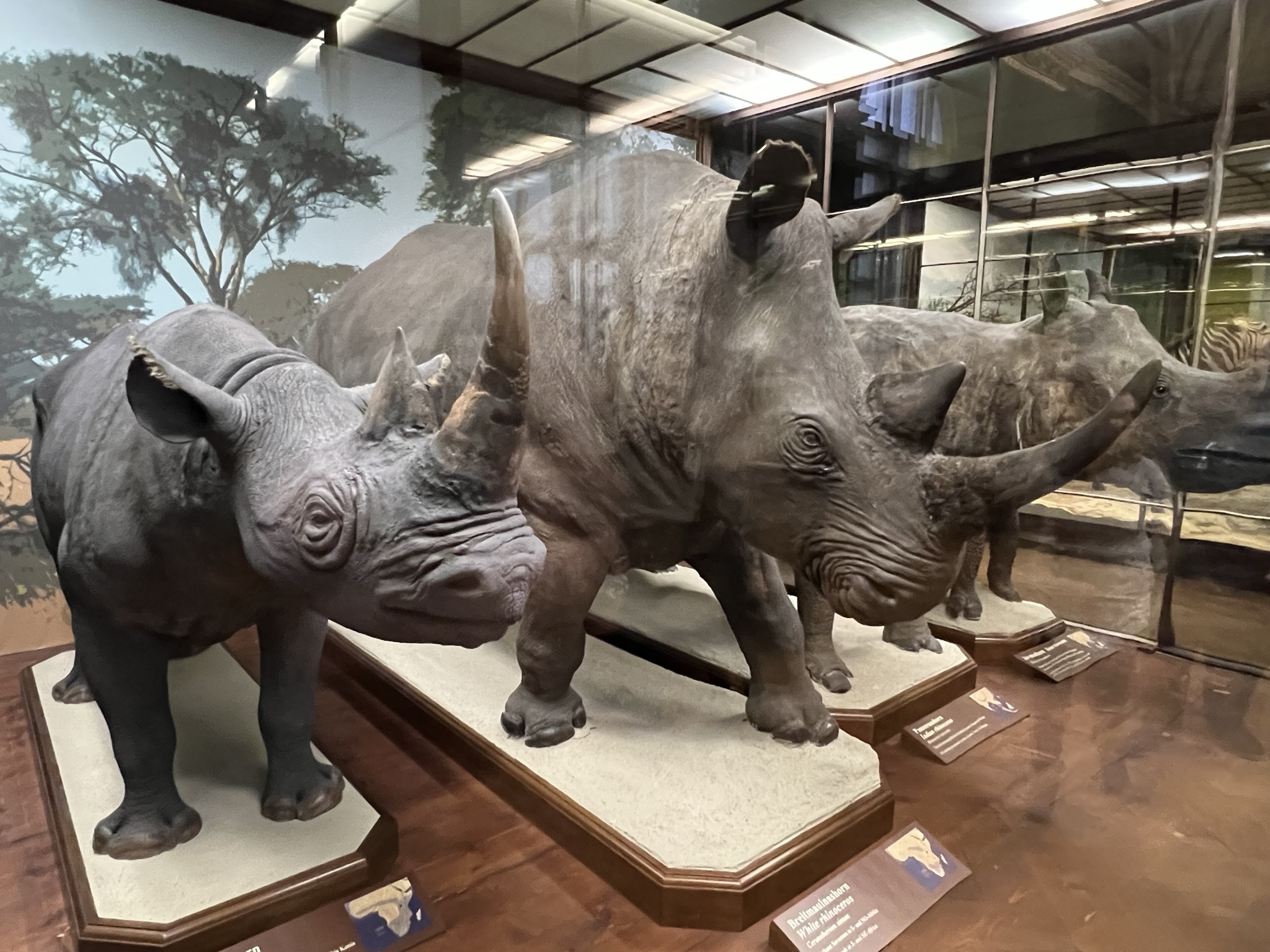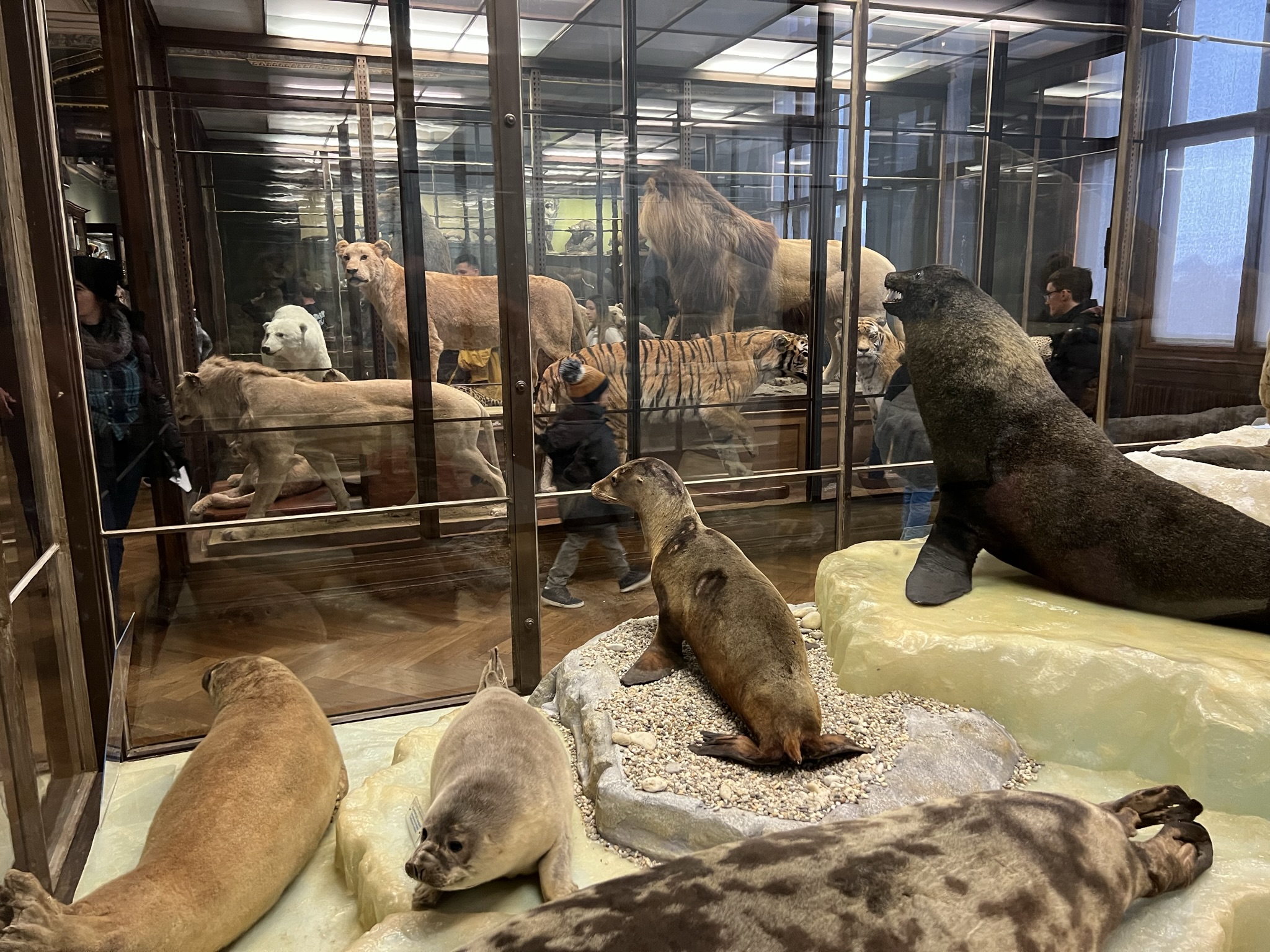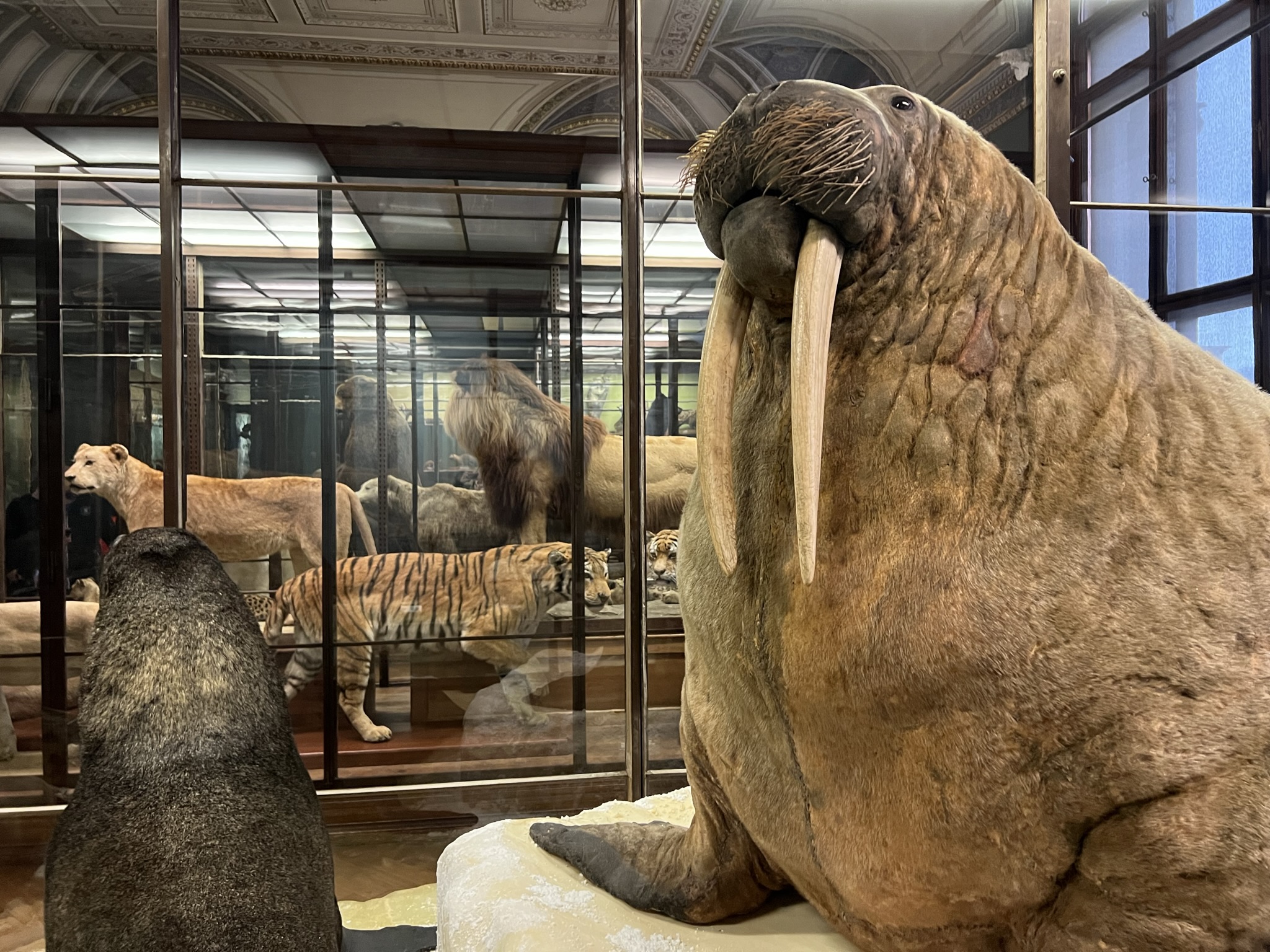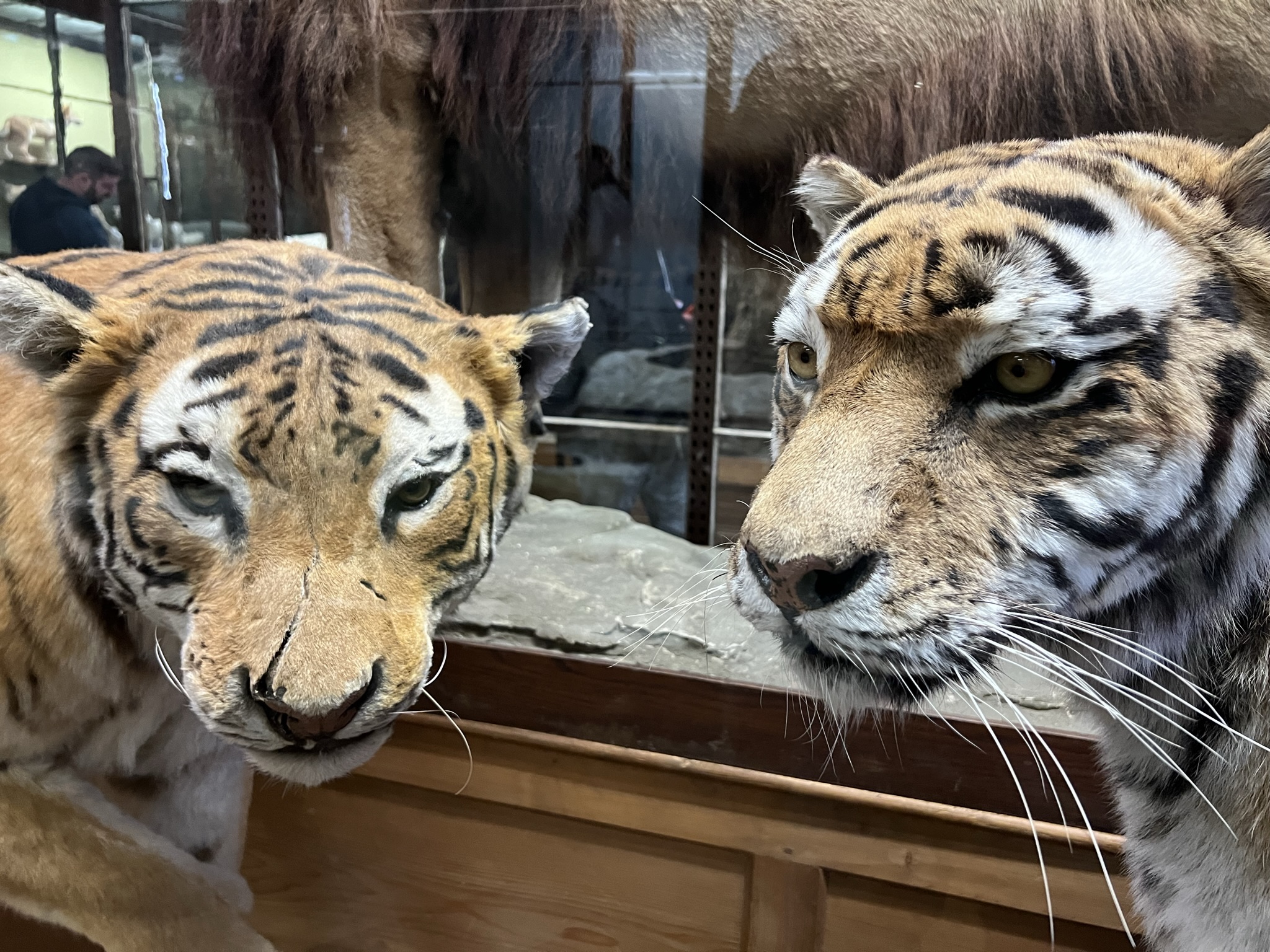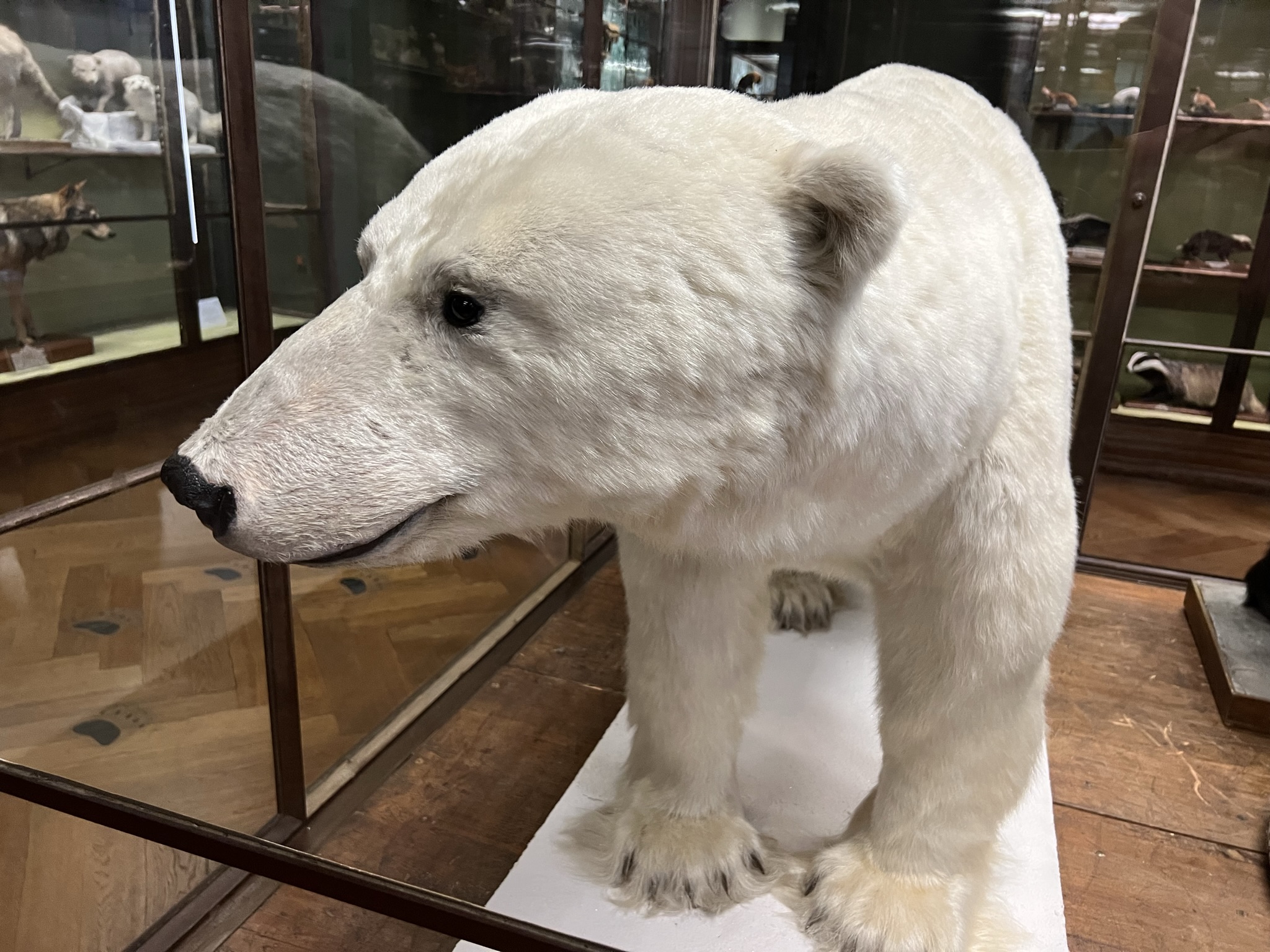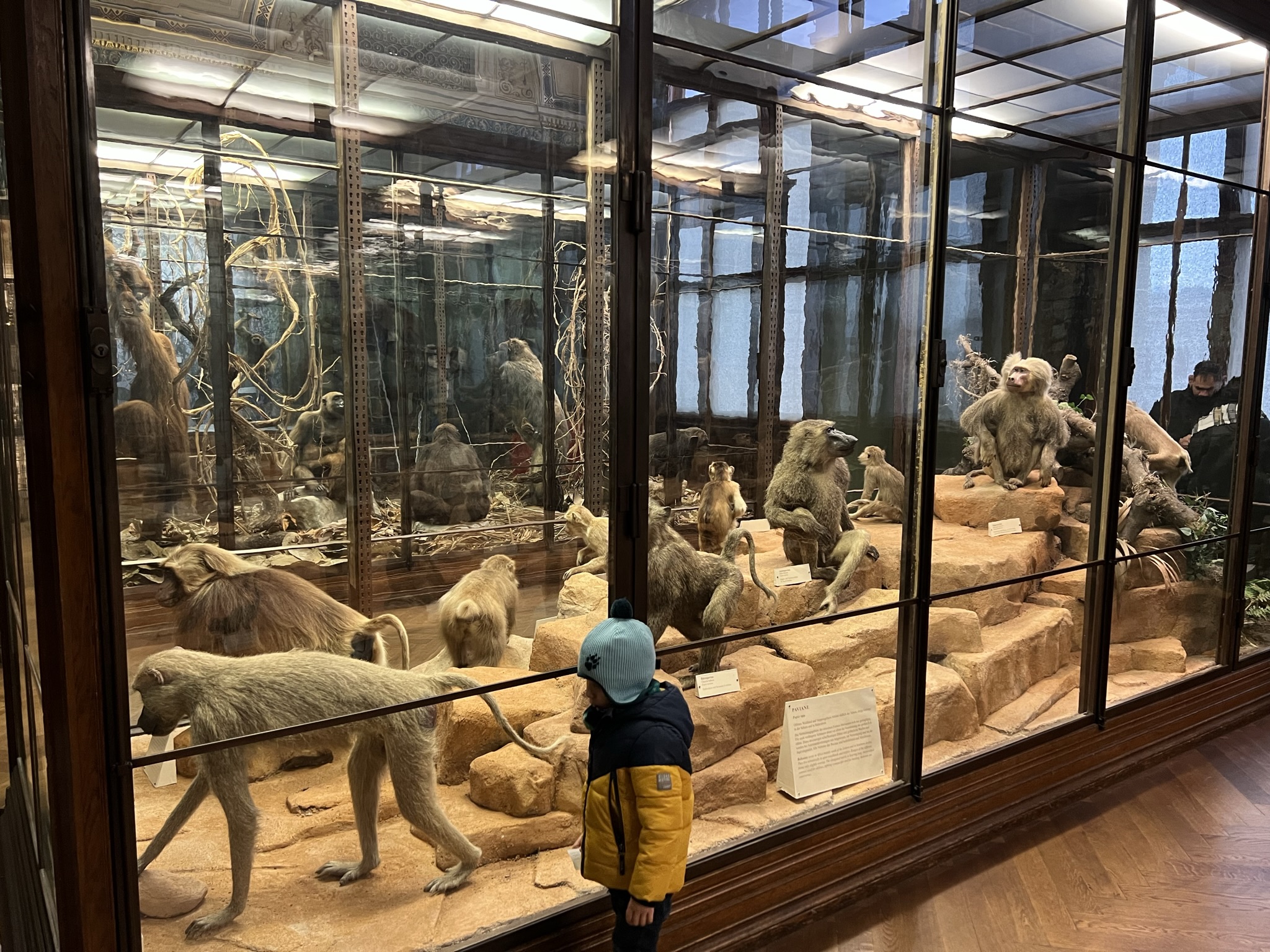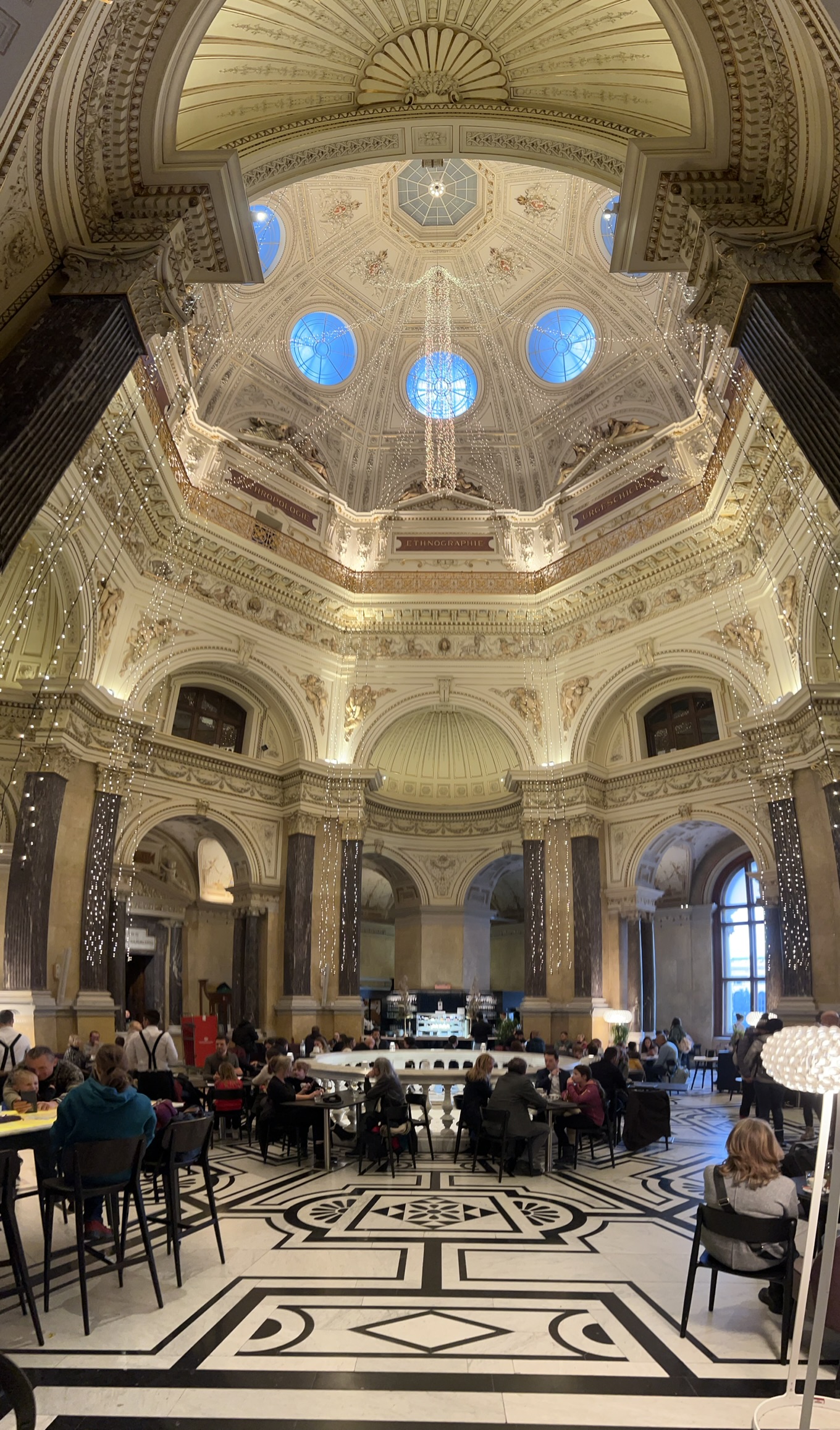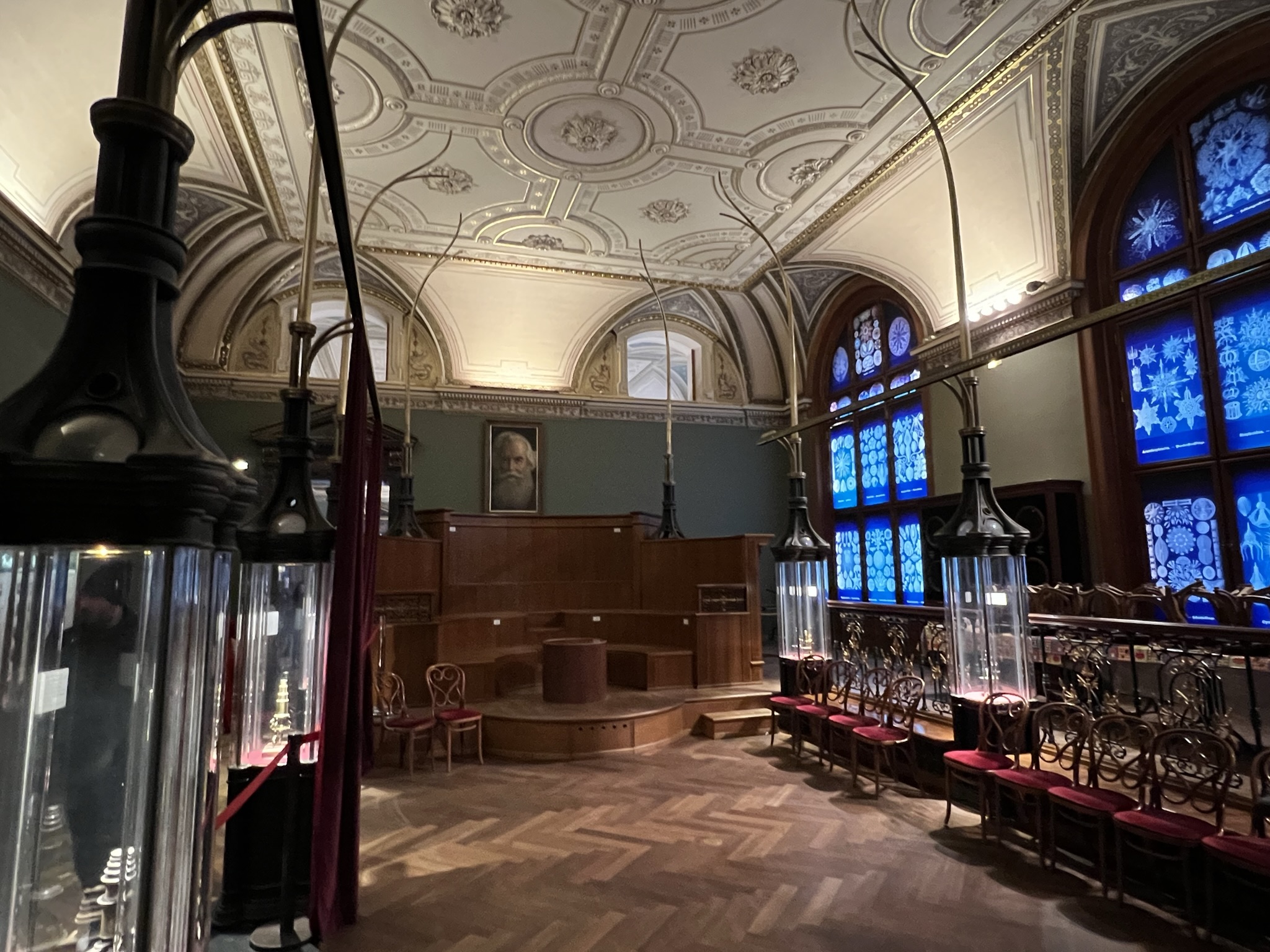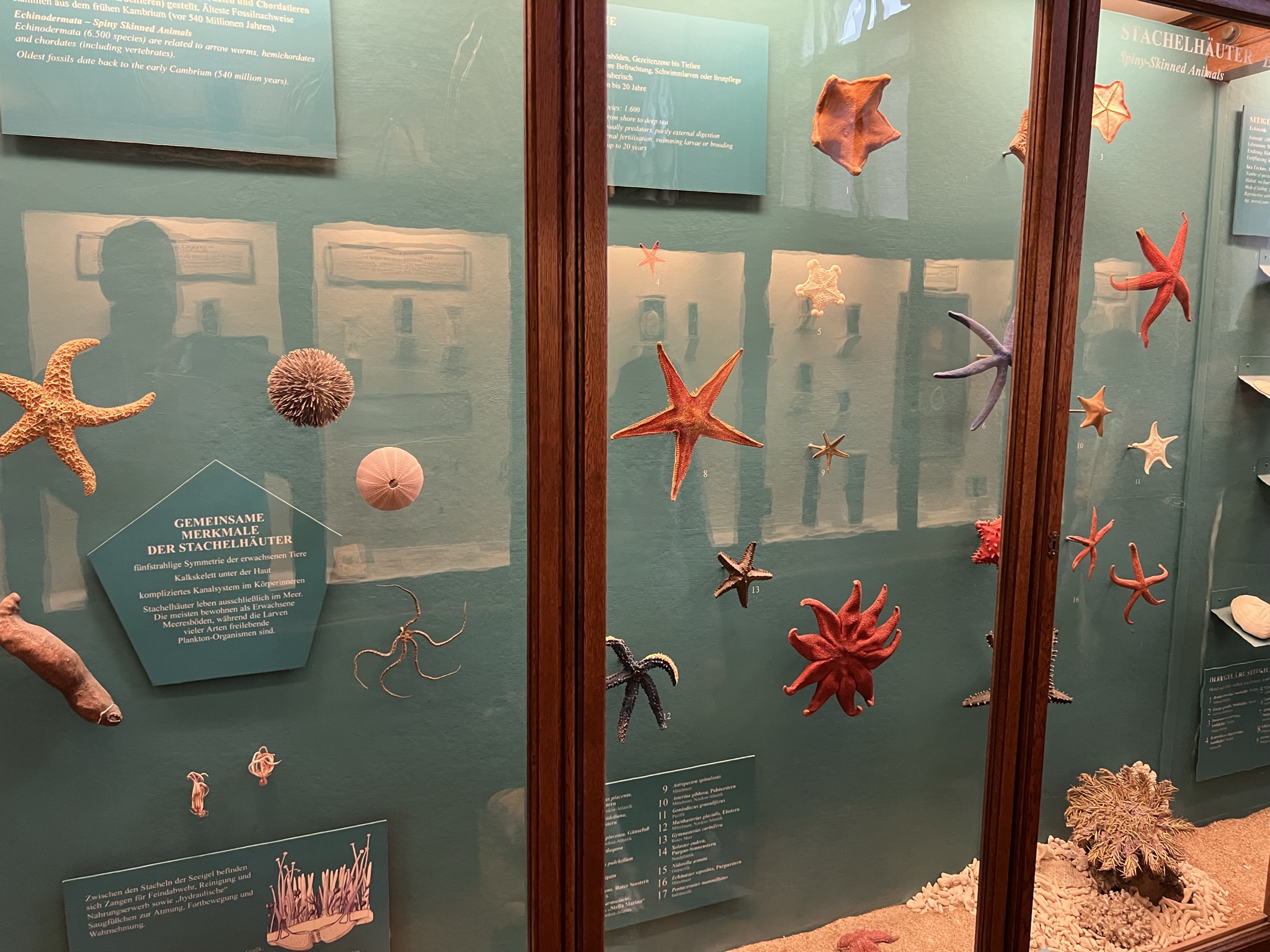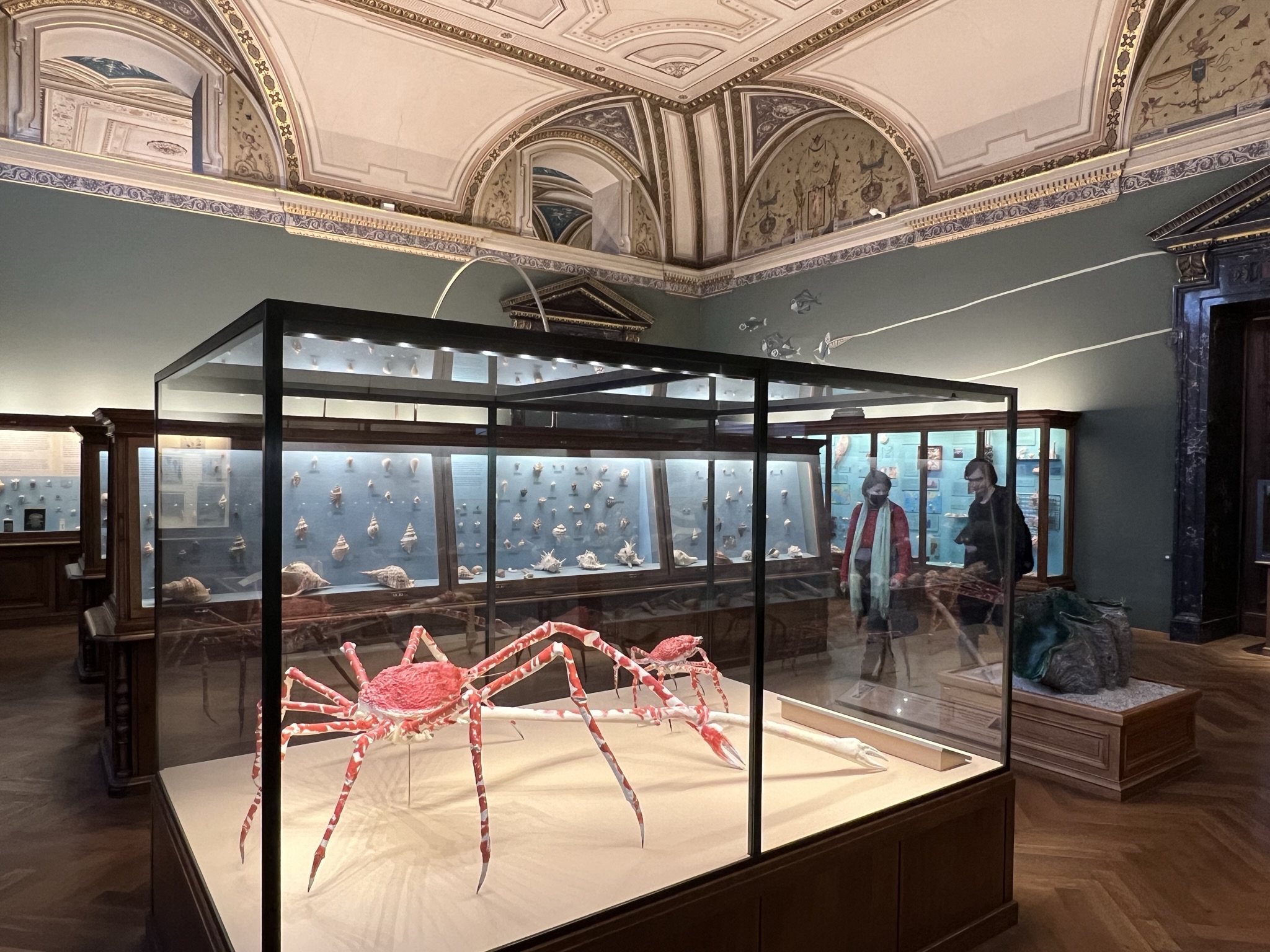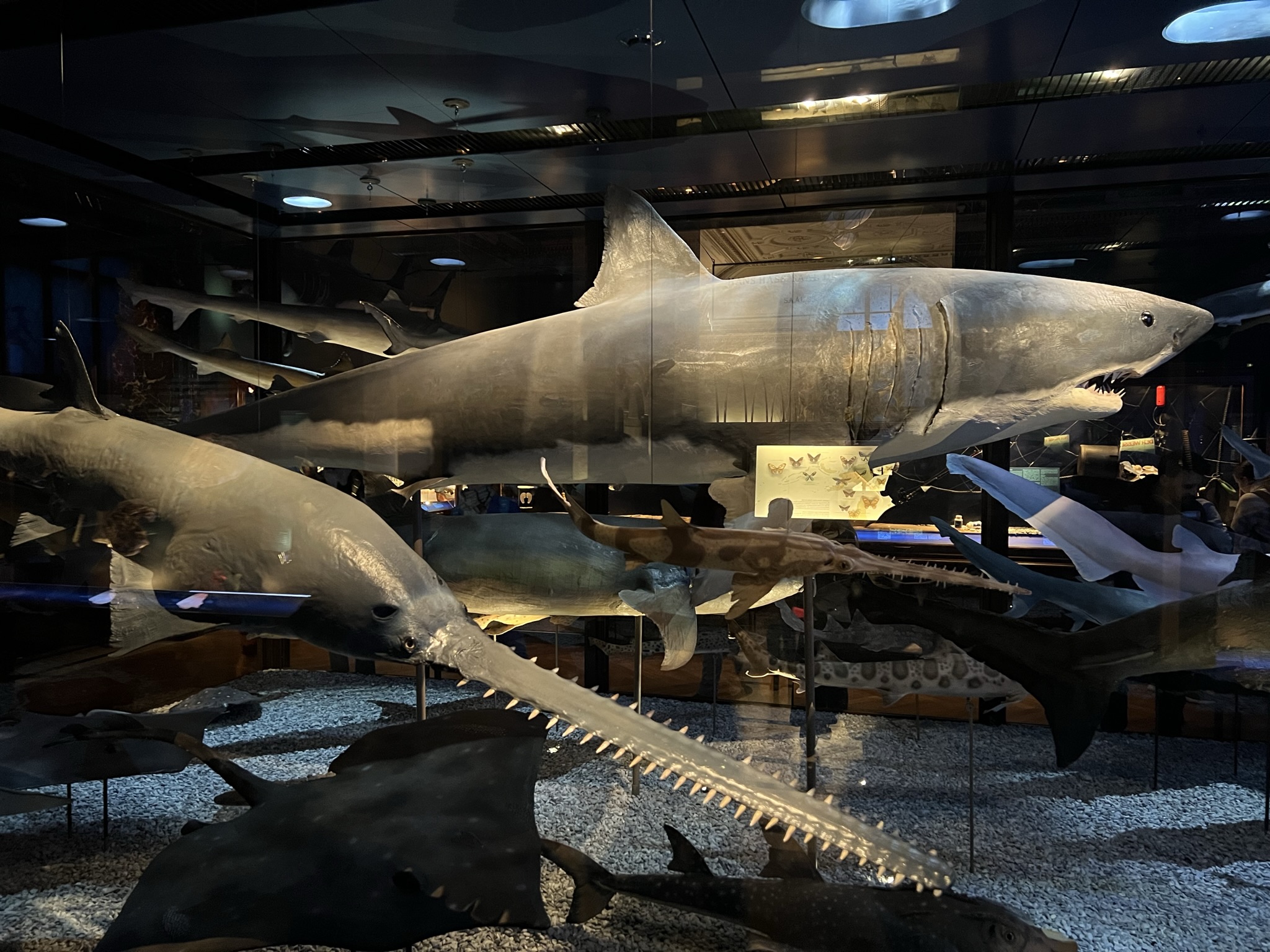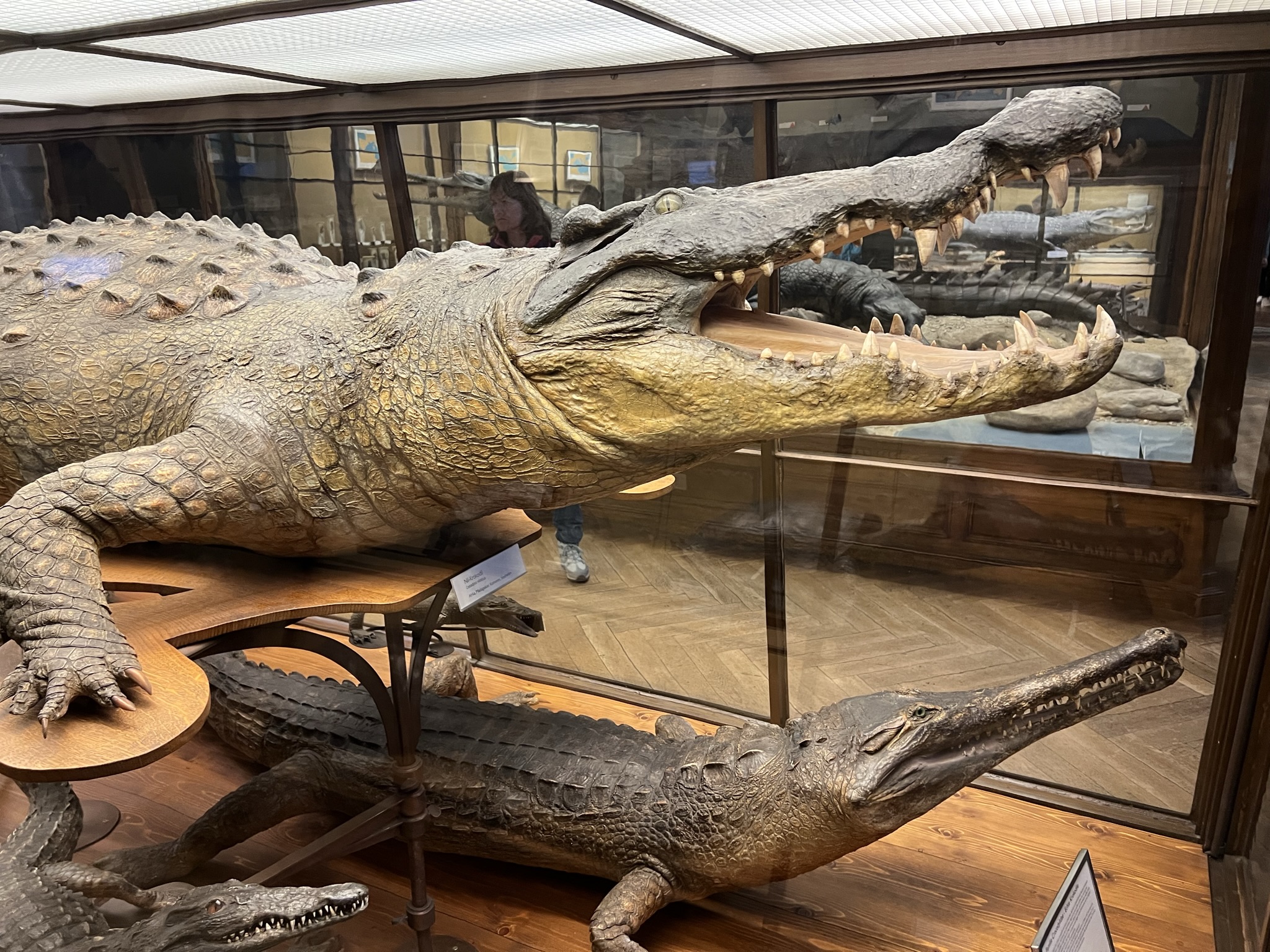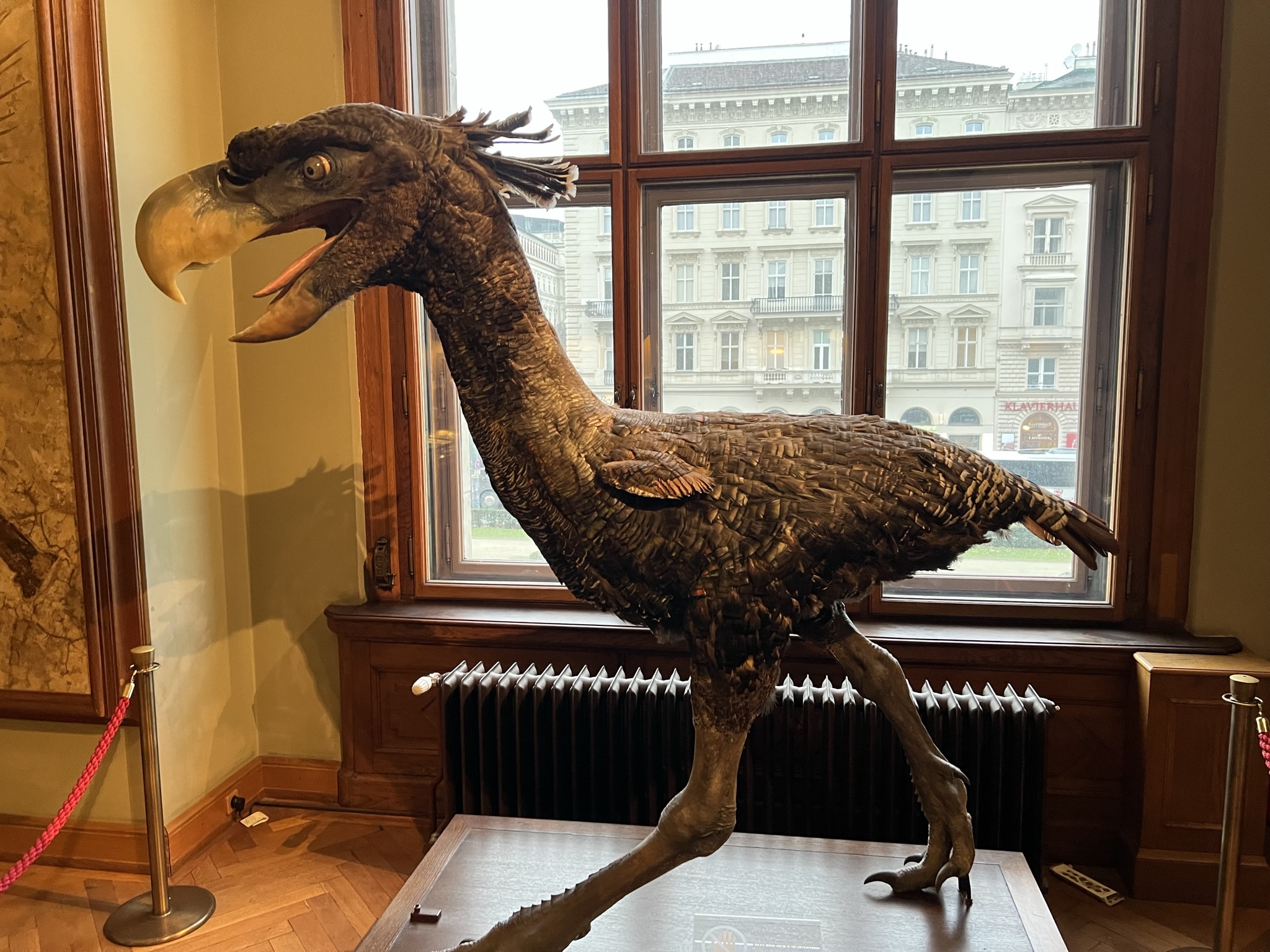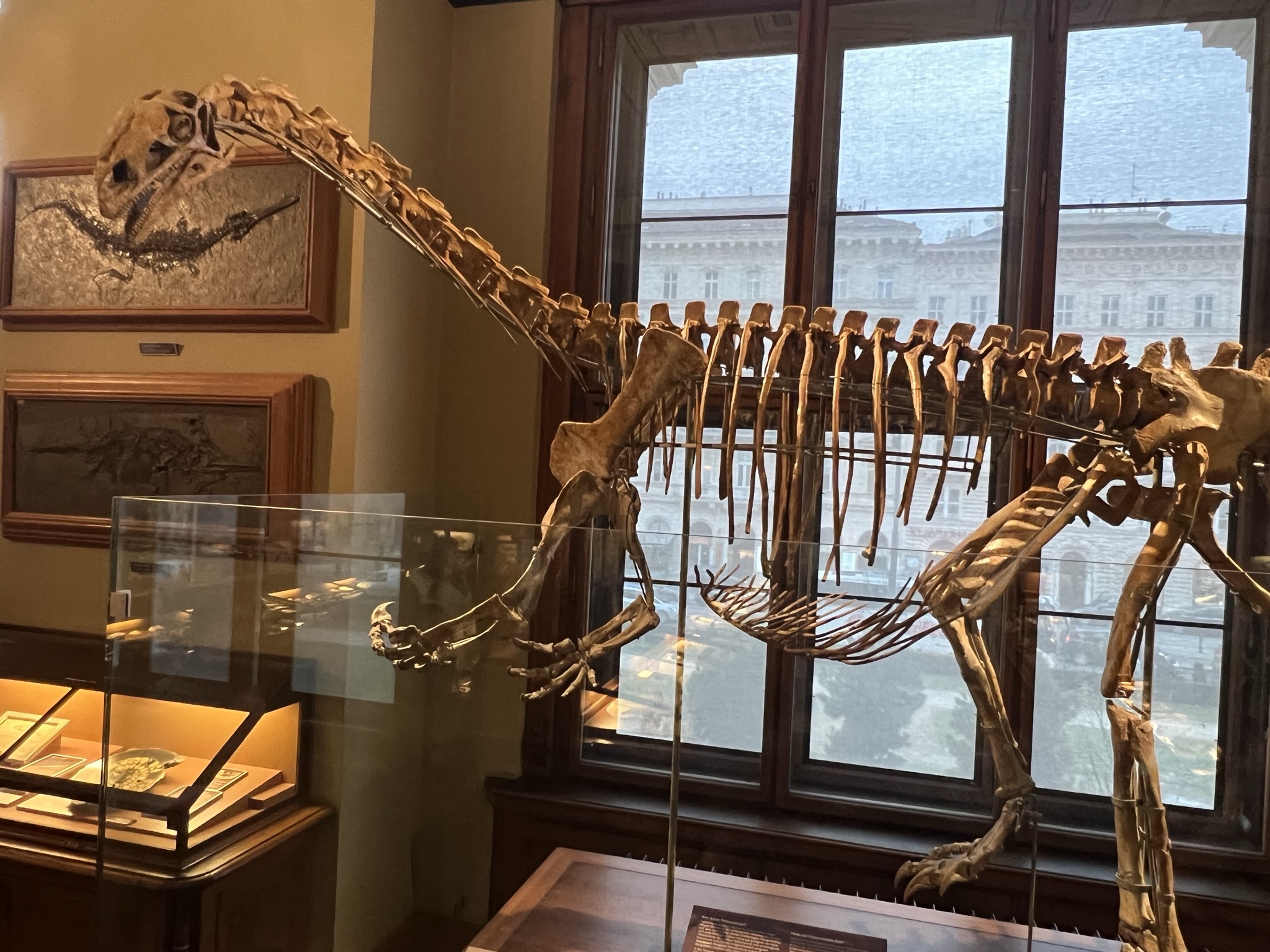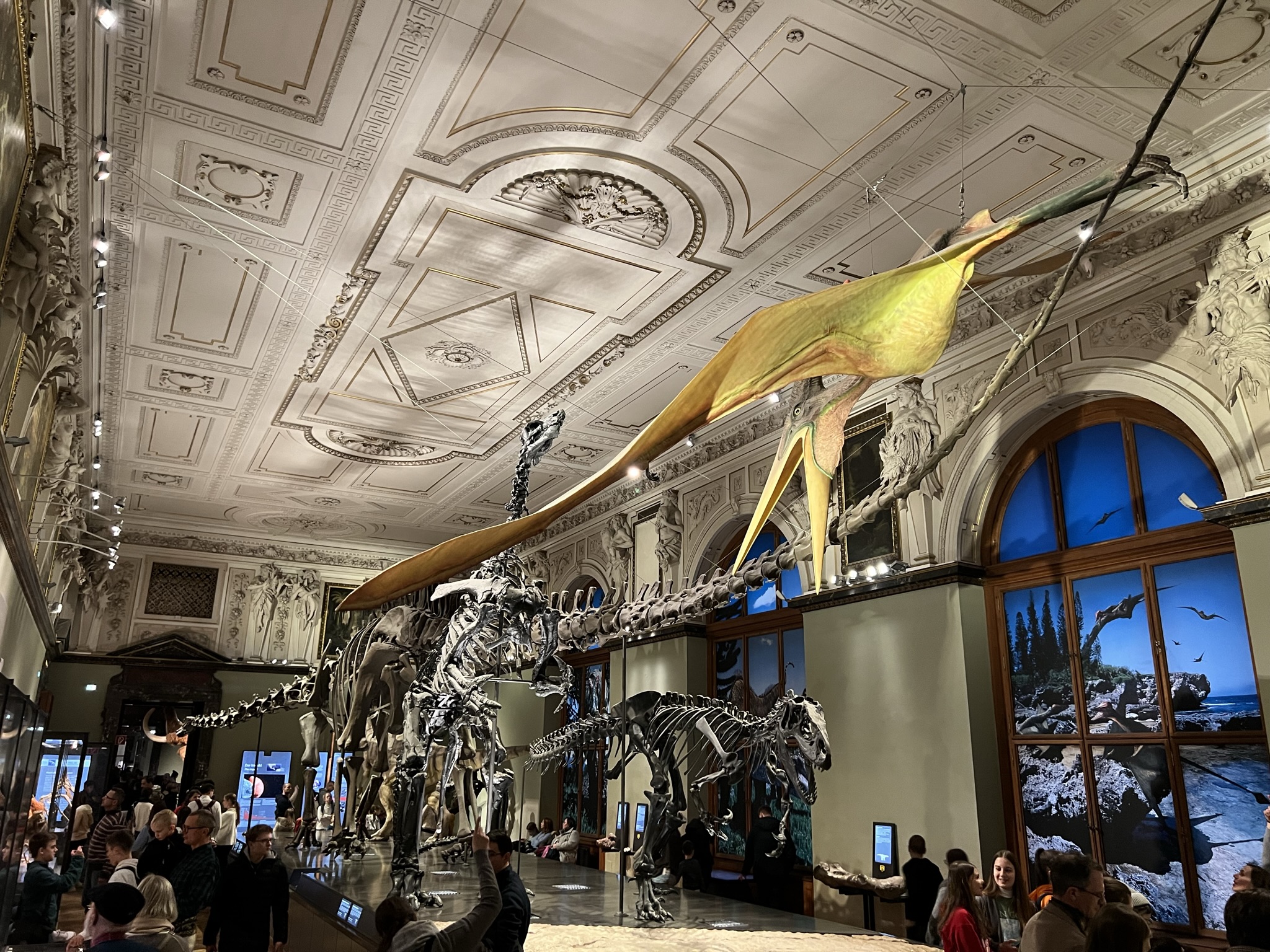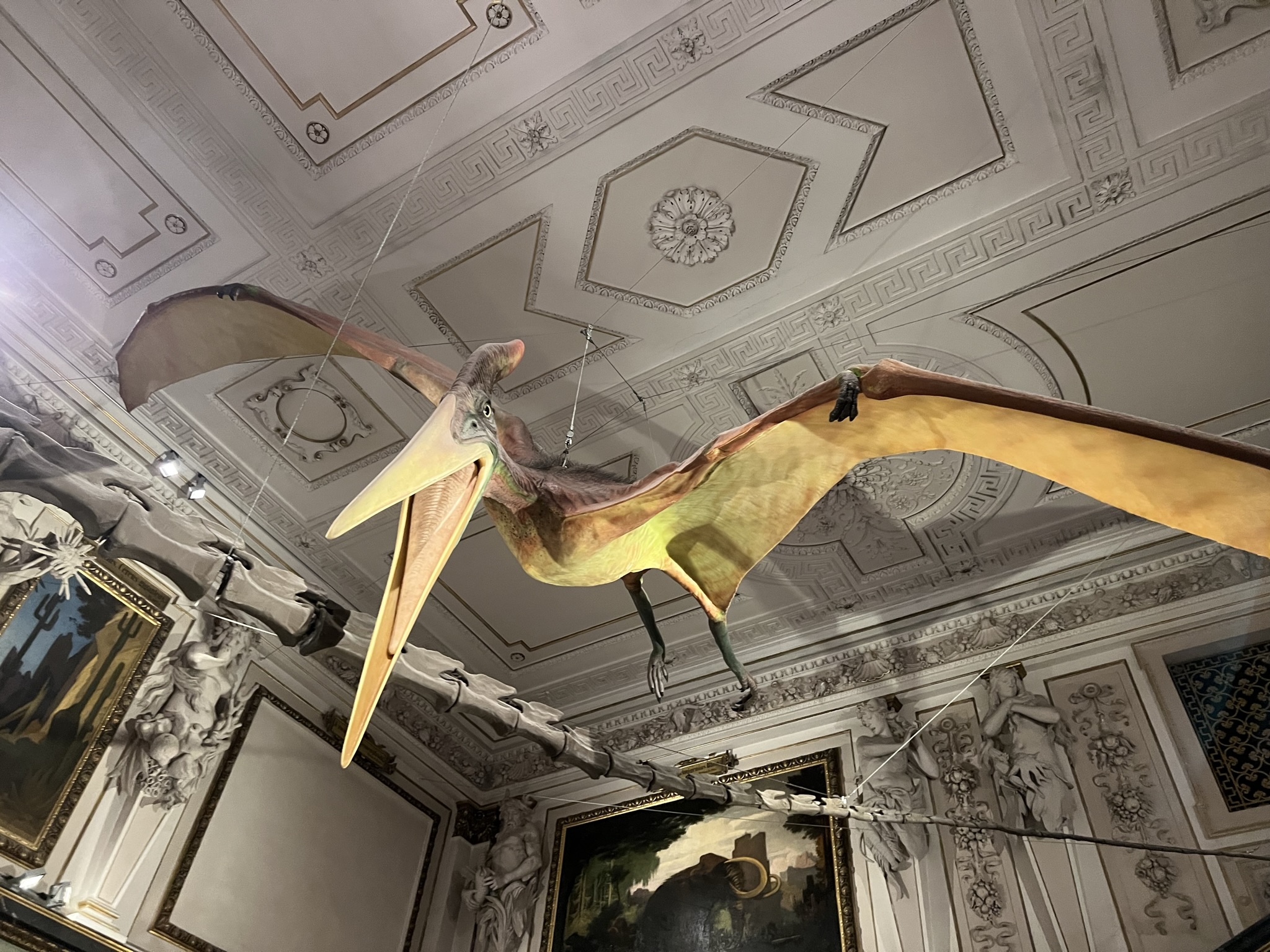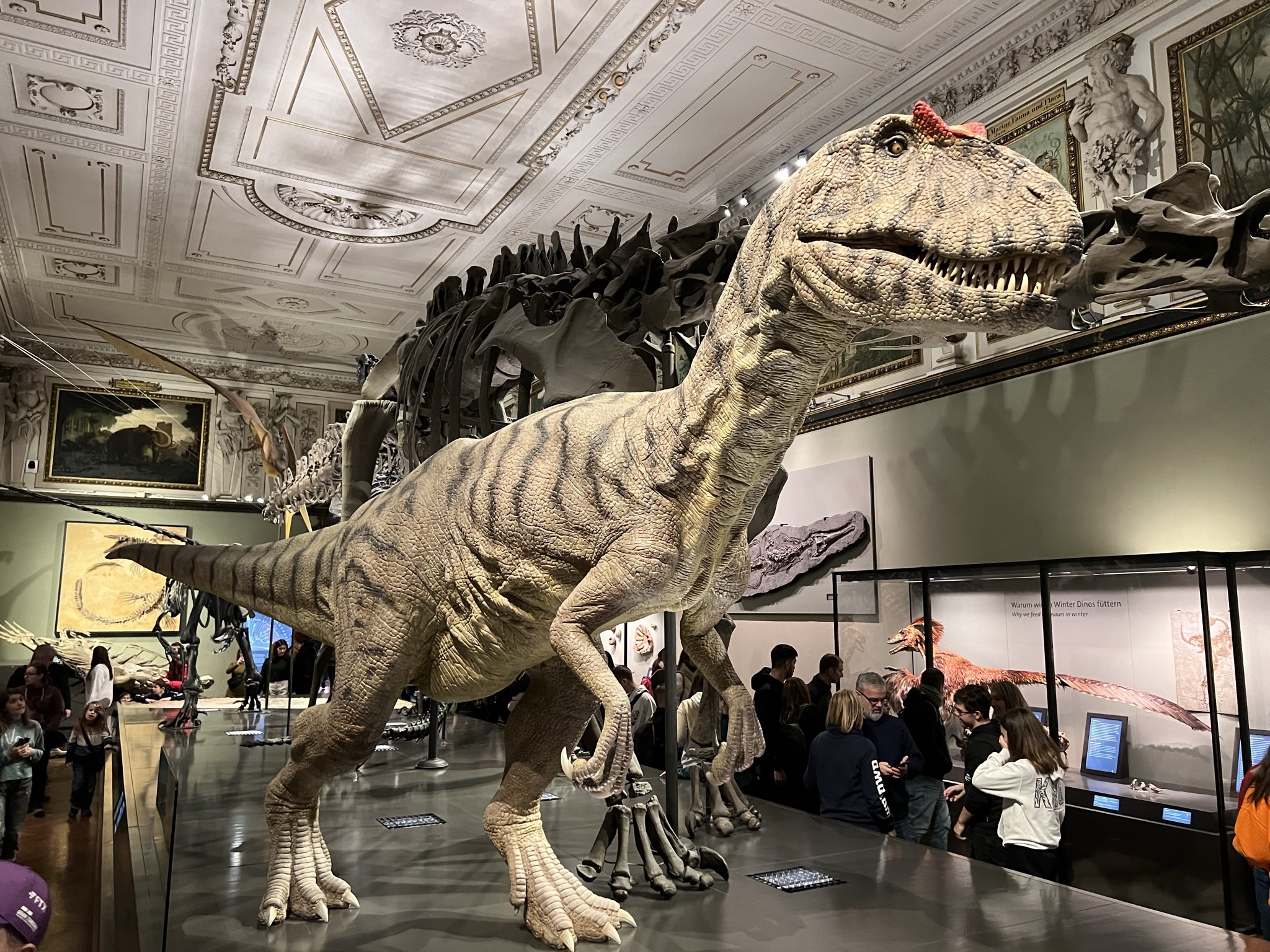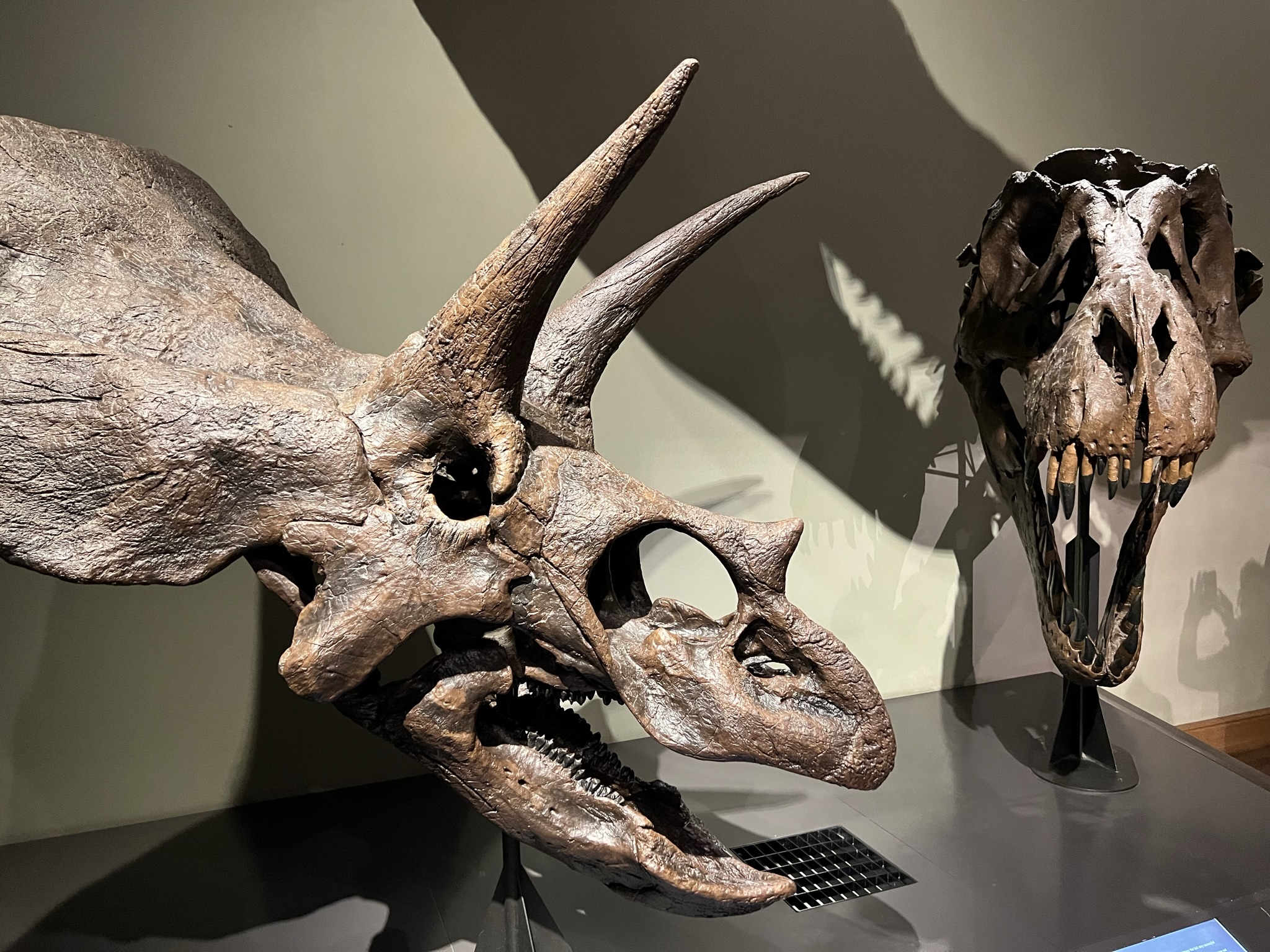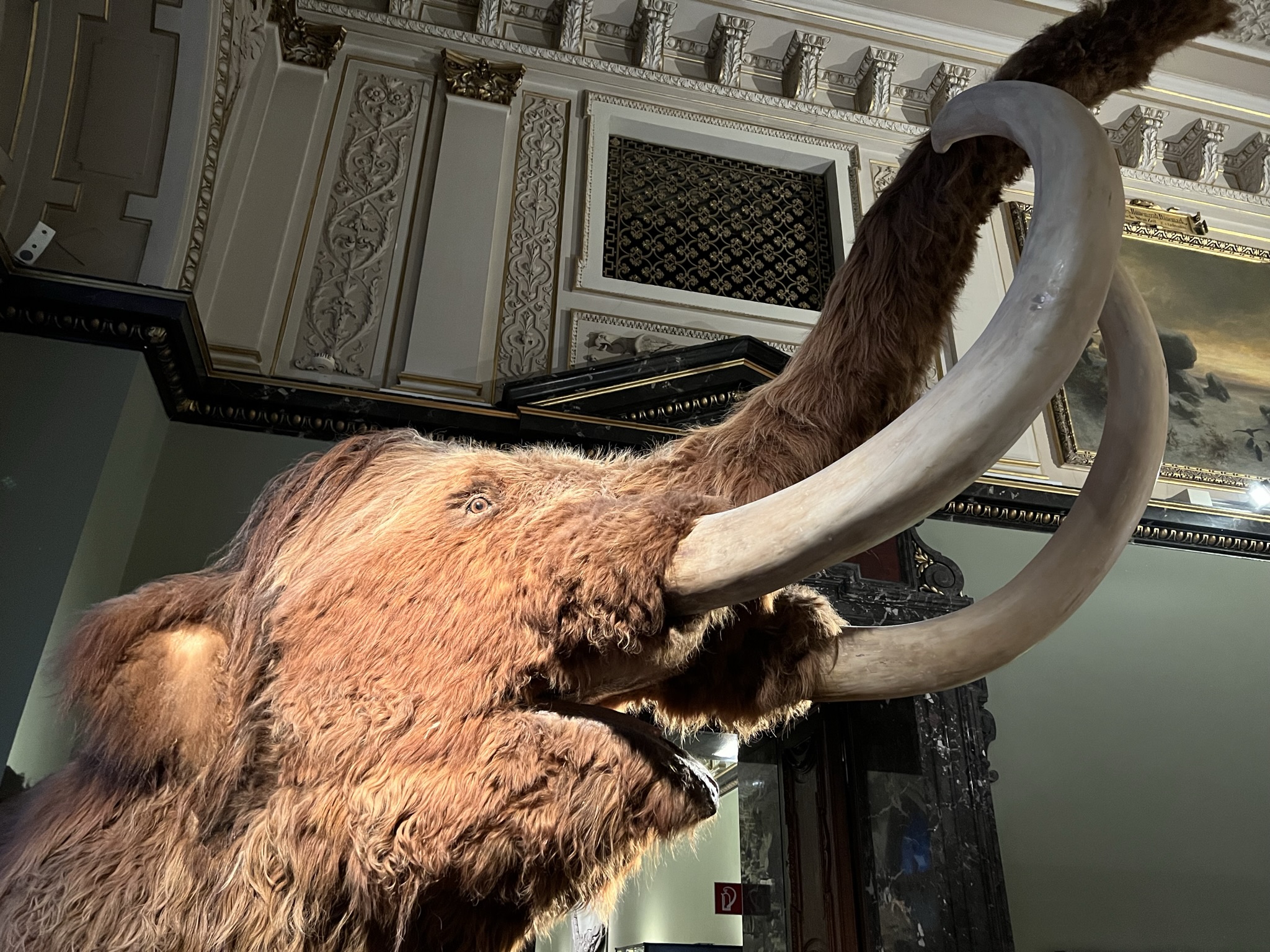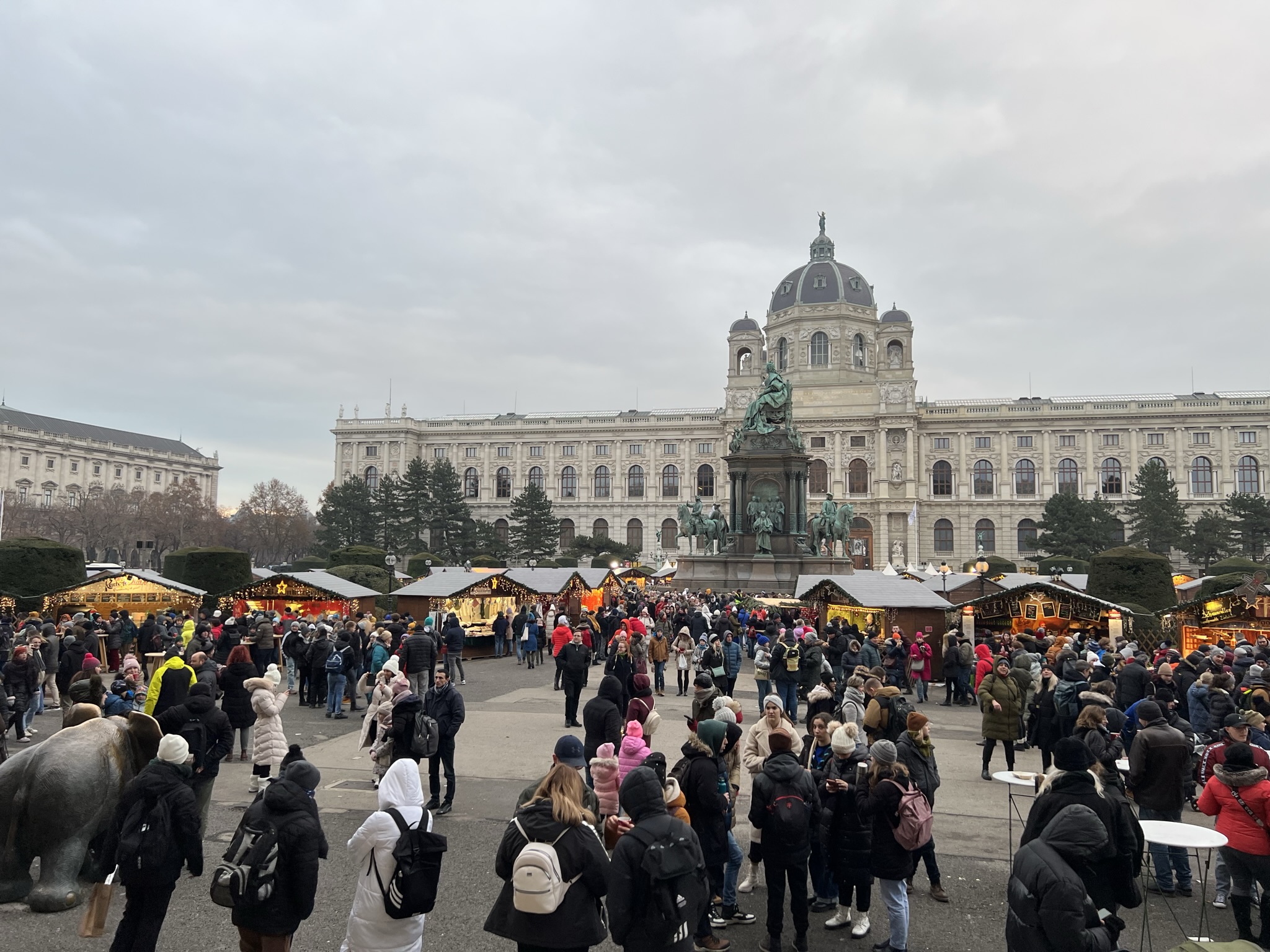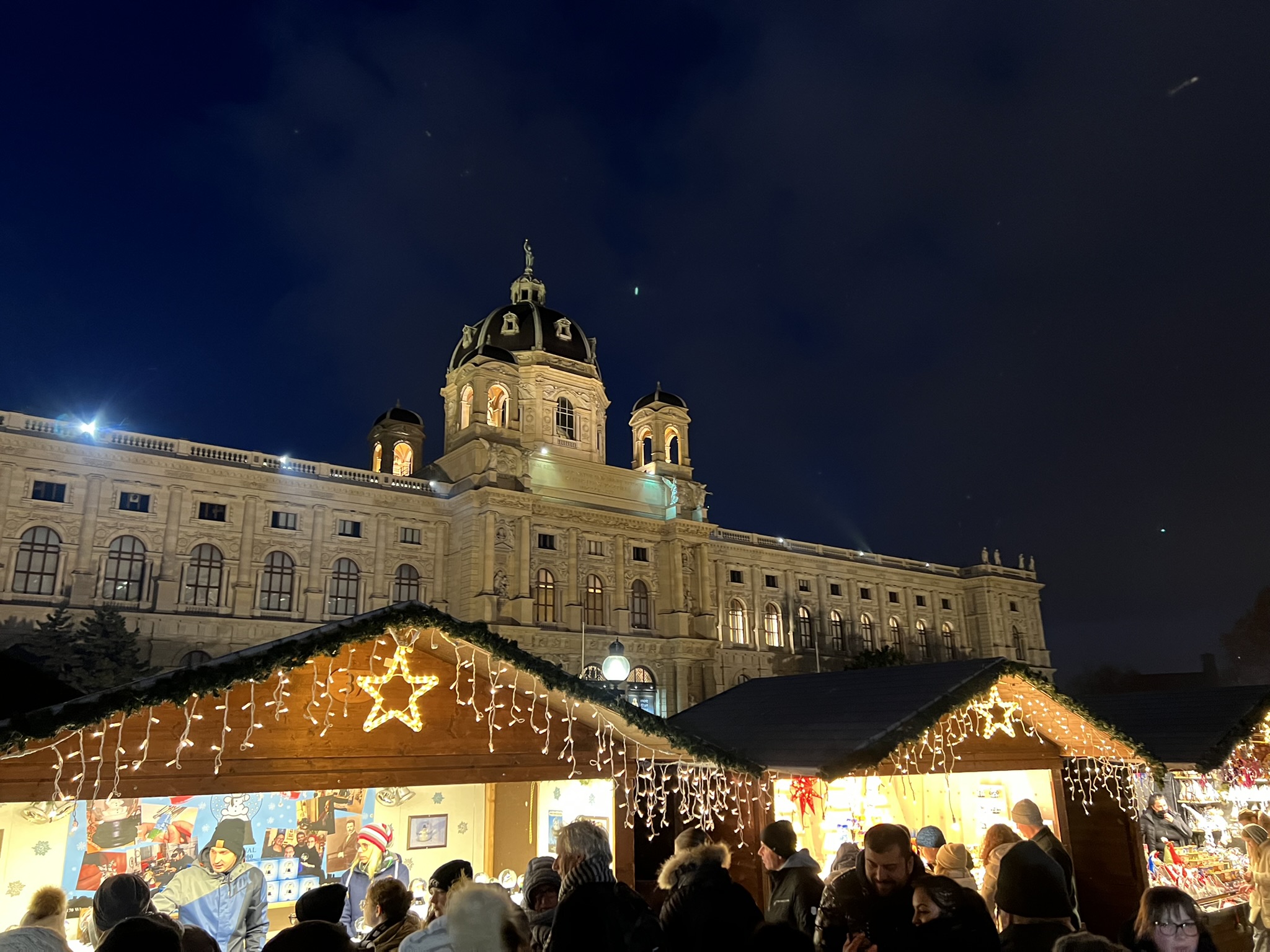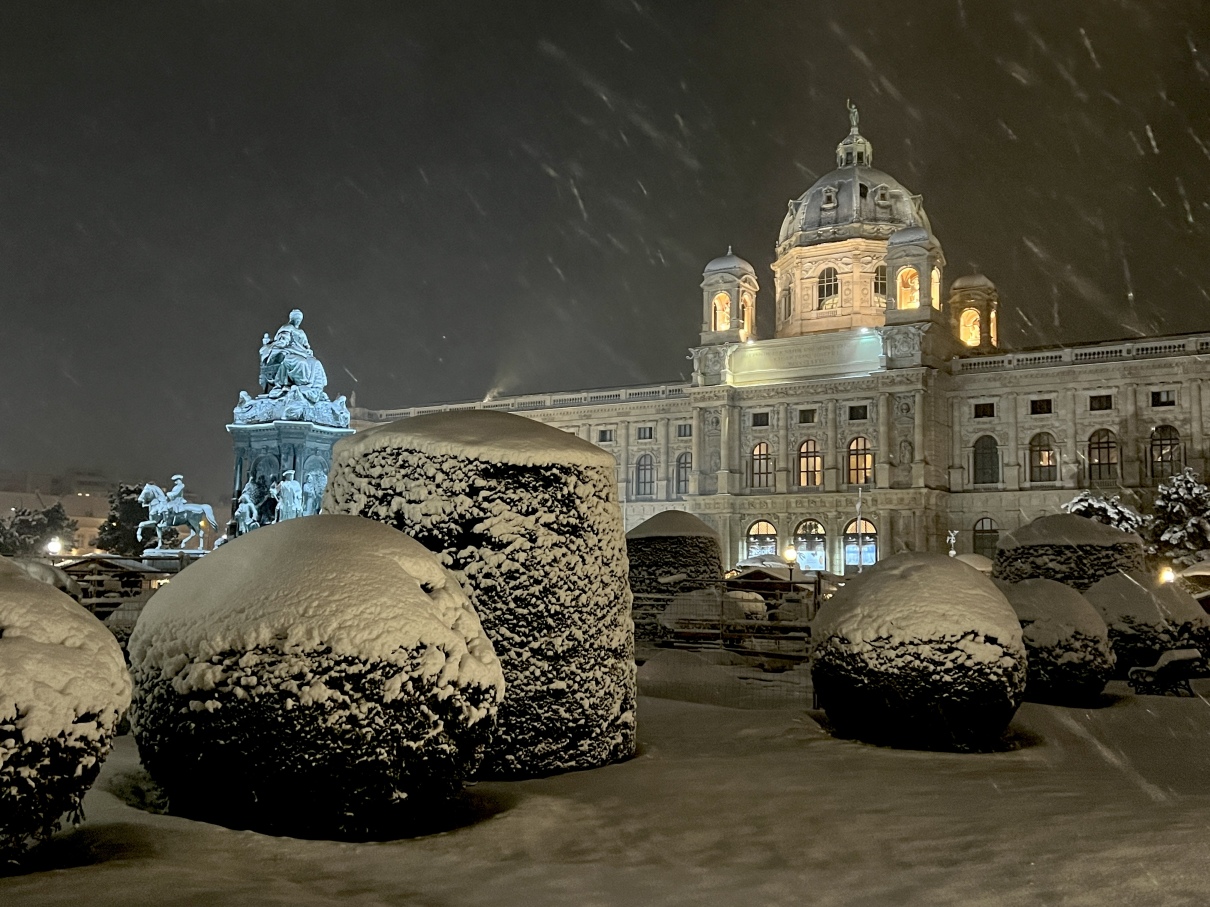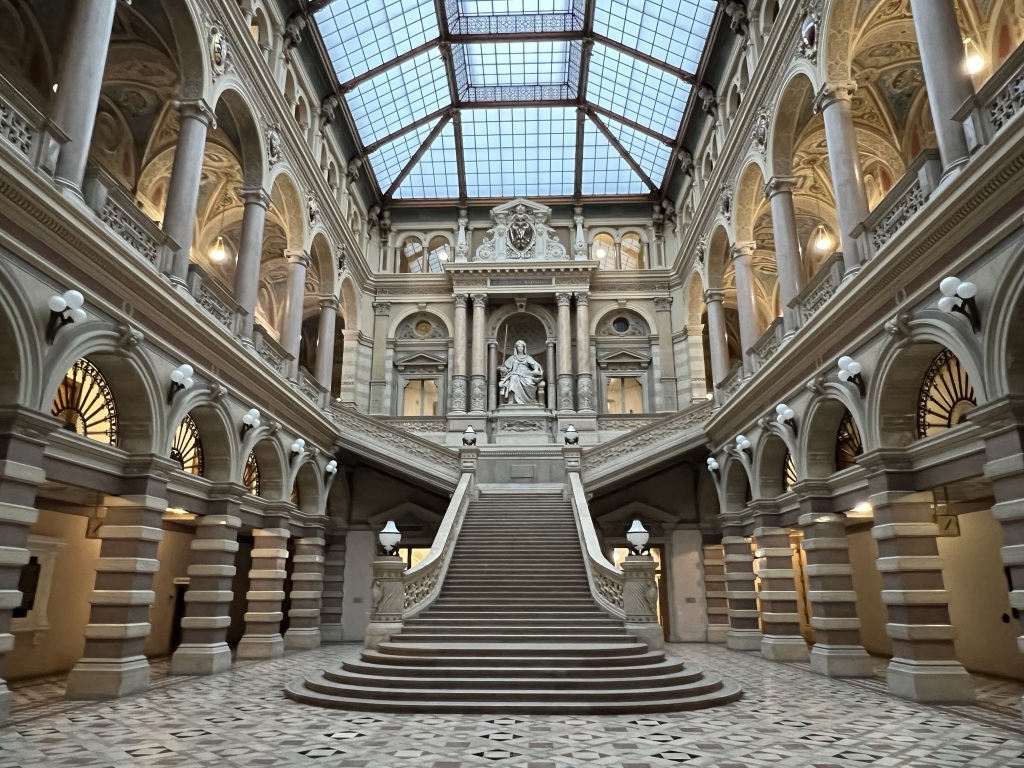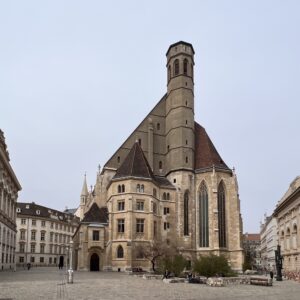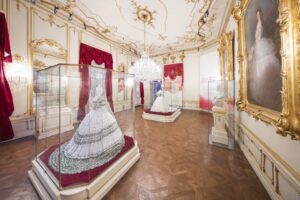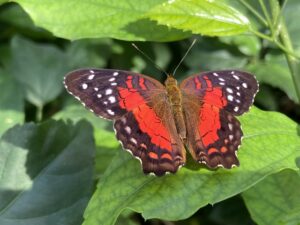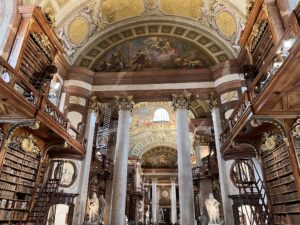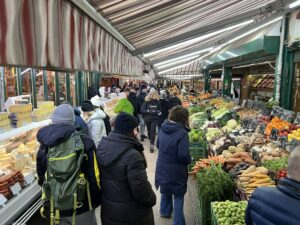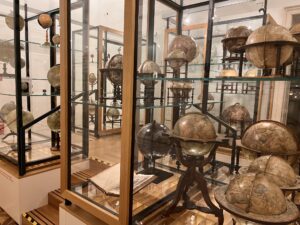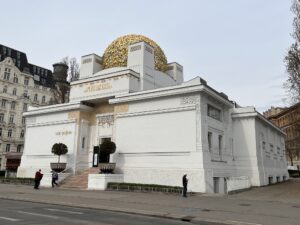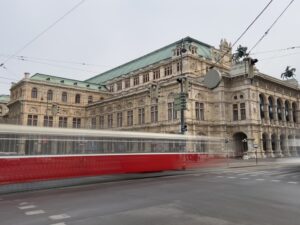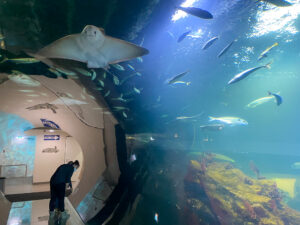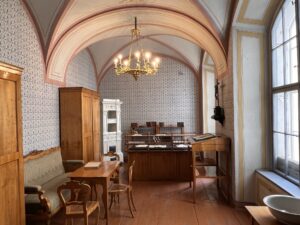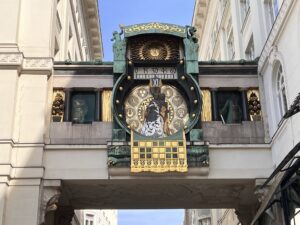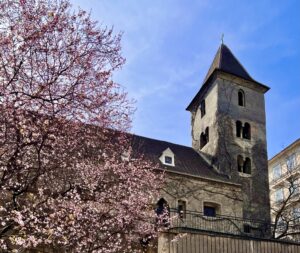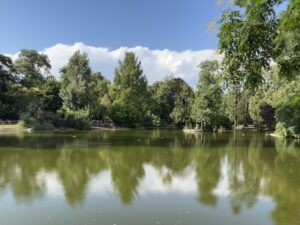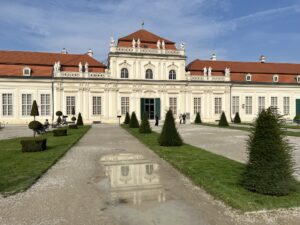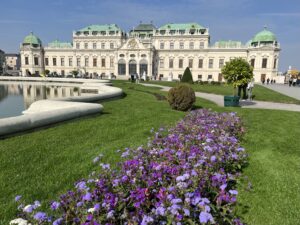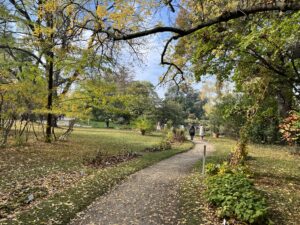Brief information:
- Where is the Natural History Museum located? Burgring 7, 1010 Vienna
- What is there to see? At the Natural History Museum Vienna you can marvel at fossils, animals, plants and minerals from all over the world, including some rare and extinct species.
- When is it open and how much does admission cost? Generally open from 9:00h to 18:00h, here you will find the opening hours and prices in detail.
The NHM in general
With over 30 million artefacts in its collection, the Natural History Museum in Vienna (NHM) is one of the most important natural history museums in the world. The museum was opened on 10 August 1889 and is directly opposite the Kunsthistorisches Museum, a mirror image of the NHM.
Today, the museum welcomes over 500,000 visitors every year. They can wander through the halls and explore the development of nature from the beginnings of the earth to the modern animal and plant world. The highlight of the museum is the impressive collection of dinosaur skeletons.
The museum is not only known for its scientific collections, but also for its breathtaking architecture.
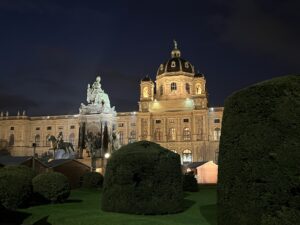
The highlights
The Natural History Museum in Vienna offers a wide range of exhibitions and collections, including the following highlights:
- Dinosaur exhibition: An impressive collection of dinosaur fossils, including large skeletons of Diplodocus, Allosaurusand Iguanodon
- Meteorite collection: A unique collection of meteorites from different parts of the solar system.
- Mineral collection: An extensive collection of minerals from all over the world, including gemstones, crystals and other rare minerals.
- Zoological collections: An extensive collection of animals, including specimens of exotic and native animals, insects, butterflies and fish species.
- Anthropological collections: A fascinating collection of human skeletons and fossils, including replicas of Neanderthal and early human skeletons.
- Art and cultural exhibitions: In addition to the natural science collections, the museum also offers temporary exhibitions on art and culture.
- Planetarium: A modern planetarium that gives visitors the opportunity to explore the starry sky and learn about the universe.
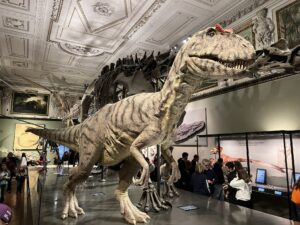
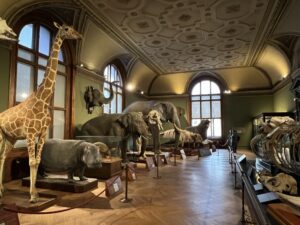
History of the collections
The oldest holdings of the Natural History Museum Vienna are over 250 years old.
Around 1750, Emperor Franz I Stephan of Lorraine, Maria Theresa's husband, purchased the largest and most famous natural history collection in the world at the time, laying the foundation for the Natural History Museum. The 30,000 objects included very rare fossils, snails, shells and corals as well as precious minerals and gemstones. After the emperor's early death, Maria Theresa handed over the natural history collection to the state and made it accessible to the public
Permanent exhibition and collections - by room
Mezzanine floor
- Minerals, rocks: Minerals, ores, gemstones, rocks and meteorites are on display
- Meteorites: Hall 5 houses the largest meteorite exhibition in the world. On display today are 1100 meteorites
- Earth history, fossils: The central theme of halls 6 to 9 is the evolution of life in the history of the earth.
- Dinosaur: The skeletons of Diplodocus, Allosaurus and Iguanodon can be marvelled at from all sides. A highlight not only for children is the animatronics model of an allosaur that moves and makes sounds.
- Prehistory: The most important cultural developments and achievements of early human history are presented here
- Anthropology: The permanent anthropology exhibition is dedicated to the general theme of "Hominid Evolution" and deals with the process of human development up to the Neolithic period.
- Digital planetarium: Films are shown here in various languages.
First floor & second floor
- Microcosm: This room is dedicated to the smallest representatives of the animal and plant world: tiny protozoa, water fleas and insect larvae can be observed on a screen in large-scale projects
- Unicellular organisms, corals, molluscs: invertebrates can be seen: protozoa, sponges, hollow animals, various "worms", snails, mussels, squid, echinoderms and arthropods
- Crustaceans, arachnids, insects: The majority of the room is dedicated to the enormous diversity of insect species, such as crustaceans, arachnids, millipedes and butterflies
- Fish: The museum's collection comprises around 2 million specimens, of which only about one per thousand can be shown.
- Reptiles, amphibians: Here too, only around 0.5% of the 200,000 objects are on display. On display are 930 wet specimens and 130 dry specimens.
- Birds: Almost a quarter (2,500 objects) of all known bird species on earth can be discovered here in four exhibition halls.
- Mammals: Today, the entire collection comprises between 80,000 and 100,000 specimens. Around 470 dermoplastics are on display in seven exhibition rooms
- Deck 50: the new experiment room at the Natural History Museum Vienna, a stage for exciting science shows and school workshops
In addition to the permanent exhibition, there are always Special exhibitions
Tip: Coffee restaurant in the upper domed hall.
In the impressive domed hall, you can enjoy traditional Viennese food, from coffee specialities and pastries to hearty snacks for in between meals and hot dishes as a main meal.
Conclusion
A visit to the Natural History Museum Vienna is an unforgettable experience for young and old. It offers a unique opportunity to experience and understand nature in all its diversity and beauty. A special highlight is the regular night tour through the museum, where visitors can take an unforgettable look at the collections in the dark. The Natural History Museum Vienna is an unmissable destination for anyone who wants to experience the best of Vienna's cultural and natural history.

